HEALTH
More: Researchers Add Pink Dye To Torrey Pines State Beach In Effort To Reveal Mysteries Of Coastal Ocean Dynamics
Published
1 year agoon
The waters of a lagoon near San Diego, Calif., are being turned a vibrant shade of pink during experiments conducted by researchers at UC San Diegos Scripps Institution of Oceanography and the University of Washington.
The Plumes in Nearshore Conditions, or PiNC, study involves releasing fluorescent pink dye into the estuary at Los Peñasquitos Lagoon, at Torrey Pines State Beach and Natural Reserve in San Diego.
Rivers and estuaries are known to carry sediments and pollutants to the sea, but researchers say little is understood about how more buoyant fresh water interacts with denser, colder salt water in the nearshore ocean environment, particularly where there are waves.
The dye allows PiNC researchers to observe what happens when small plumes of fresh water meet the surf zone. The dye is released during the ebb tide, so it can flow out of the estuary and into the ocean.
“I’m excited because this research hasn’t been done before and it’s a really unique experiment,” said Scripps coastal oceanographer Sarah Giddings, who is leading the PiNC study. “We’re bringing together a lot of different people with different expertise, such that I think it’s going to have some really great results and impacts.”
The first of three dye releases began on Jan. 20, with the final one scheduled for early February.
Photos shared by the Scripps Institution of Oceanography show the deep, lipstick-pink dye flowing into the ocean. Researchers can be seen using several instruments, including a drone outfitted with “a camera that has nearly 100 times the capability to distinguish the visible light spectrum than our phone camera,” according to Scripps postdoctoral scholar Alex Simpson, a member of the PiNC research team.
The fluorescent dye will be tracked by sensors in a variety of locations including on drones, mounted on poles, and on a personal watercraft. Sensors deployed along the seafloor measure wave heights, tides, salinity and temperature, researchers said.
The dye is visible to the human eye for several hours, but can be detected by the sensors for around 24 hours, researchers said.
The experiment will provide the first view of buoyant plume/wave mixing dynamics at this location. Researchers say the information will allow scientists to understand the spread of larvae, sediments and pollutants.
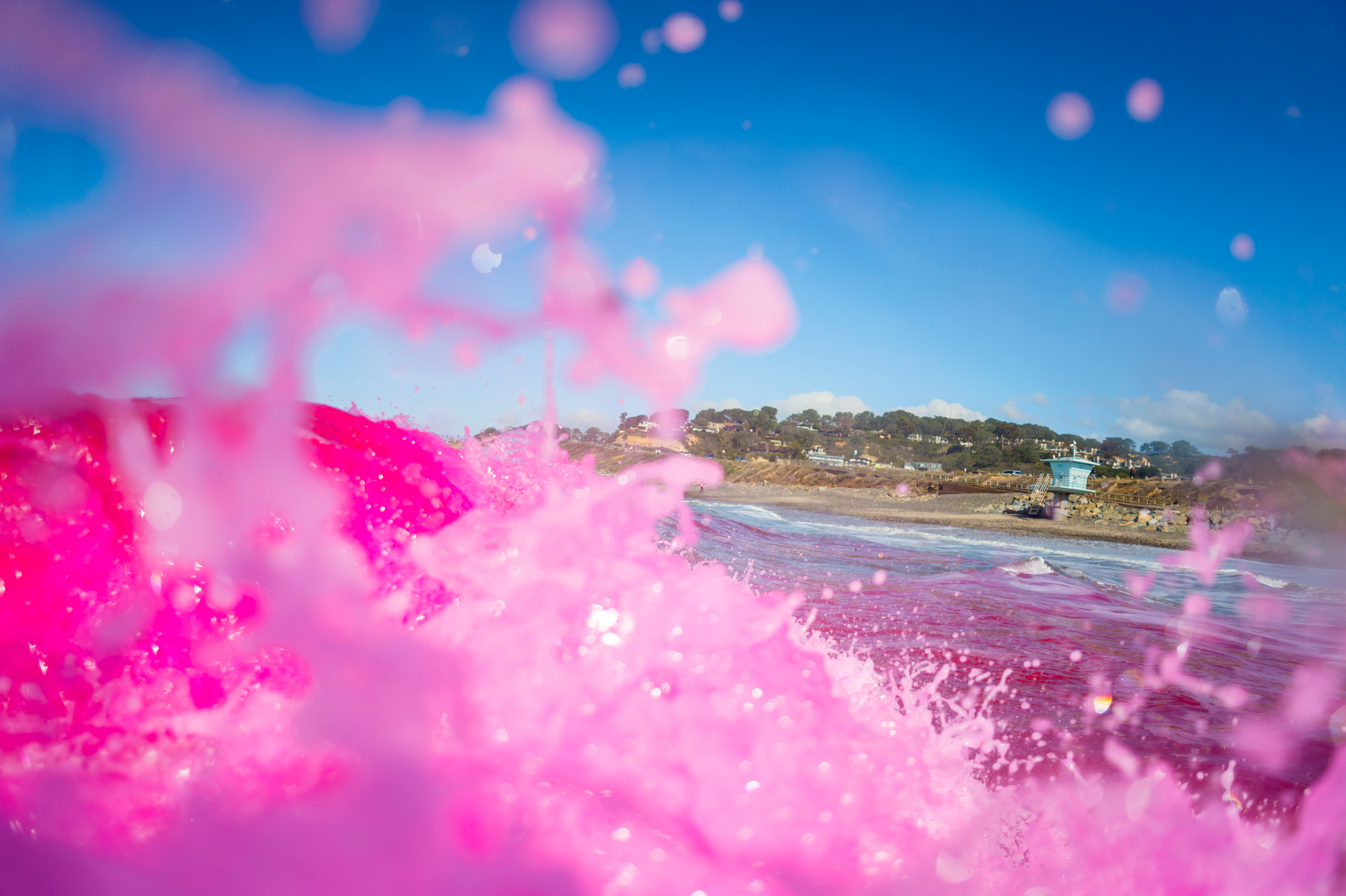
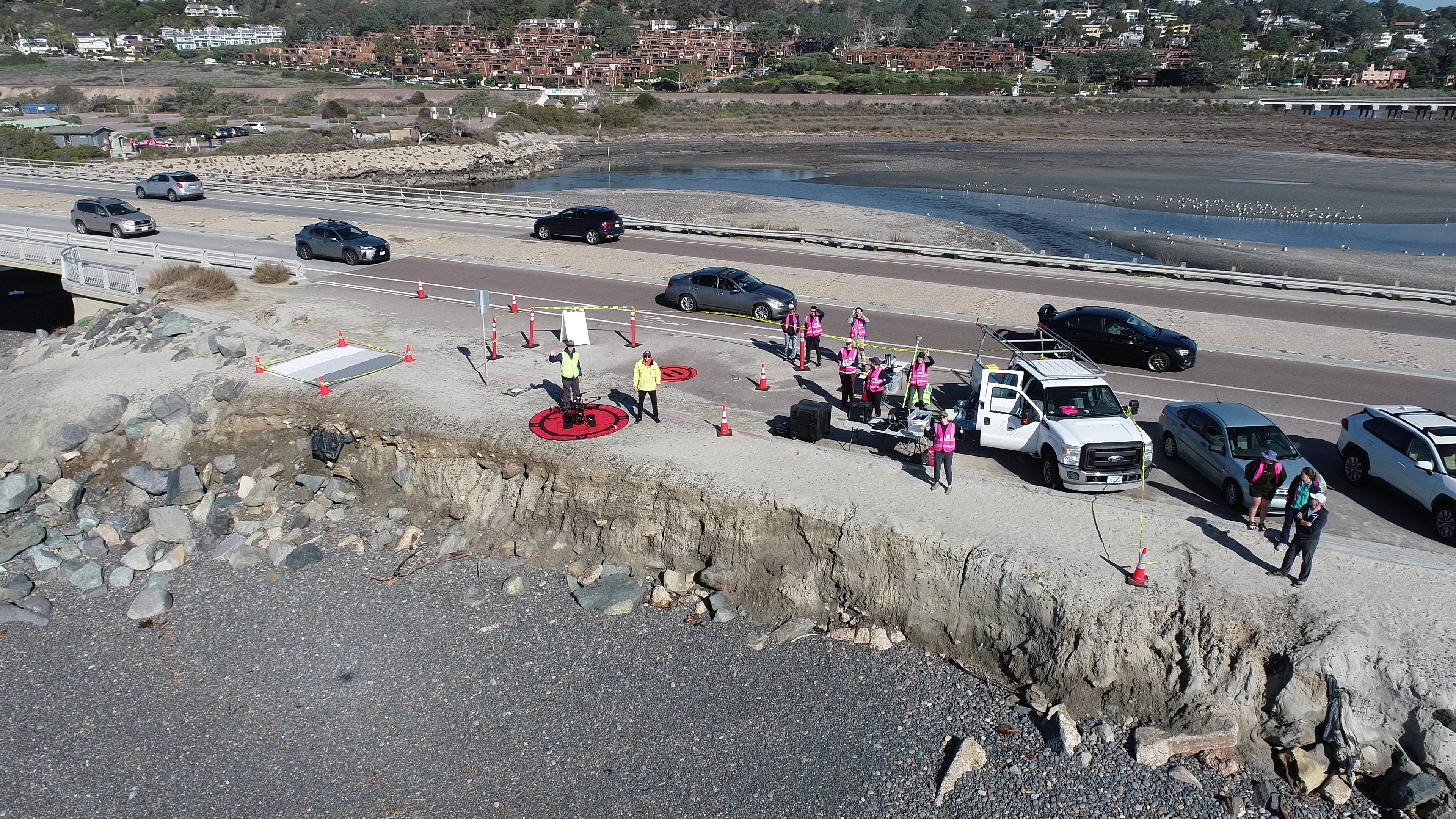

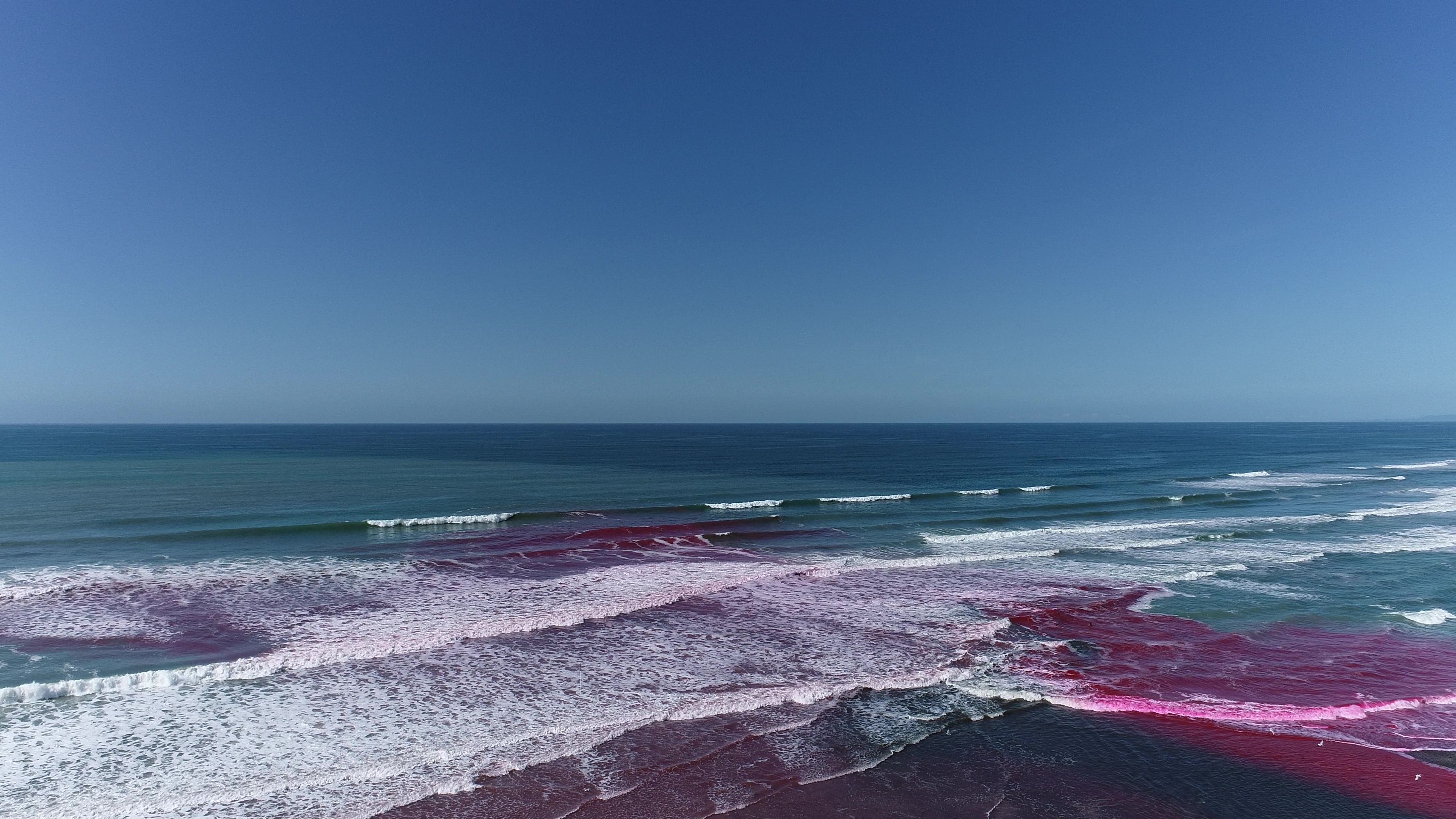

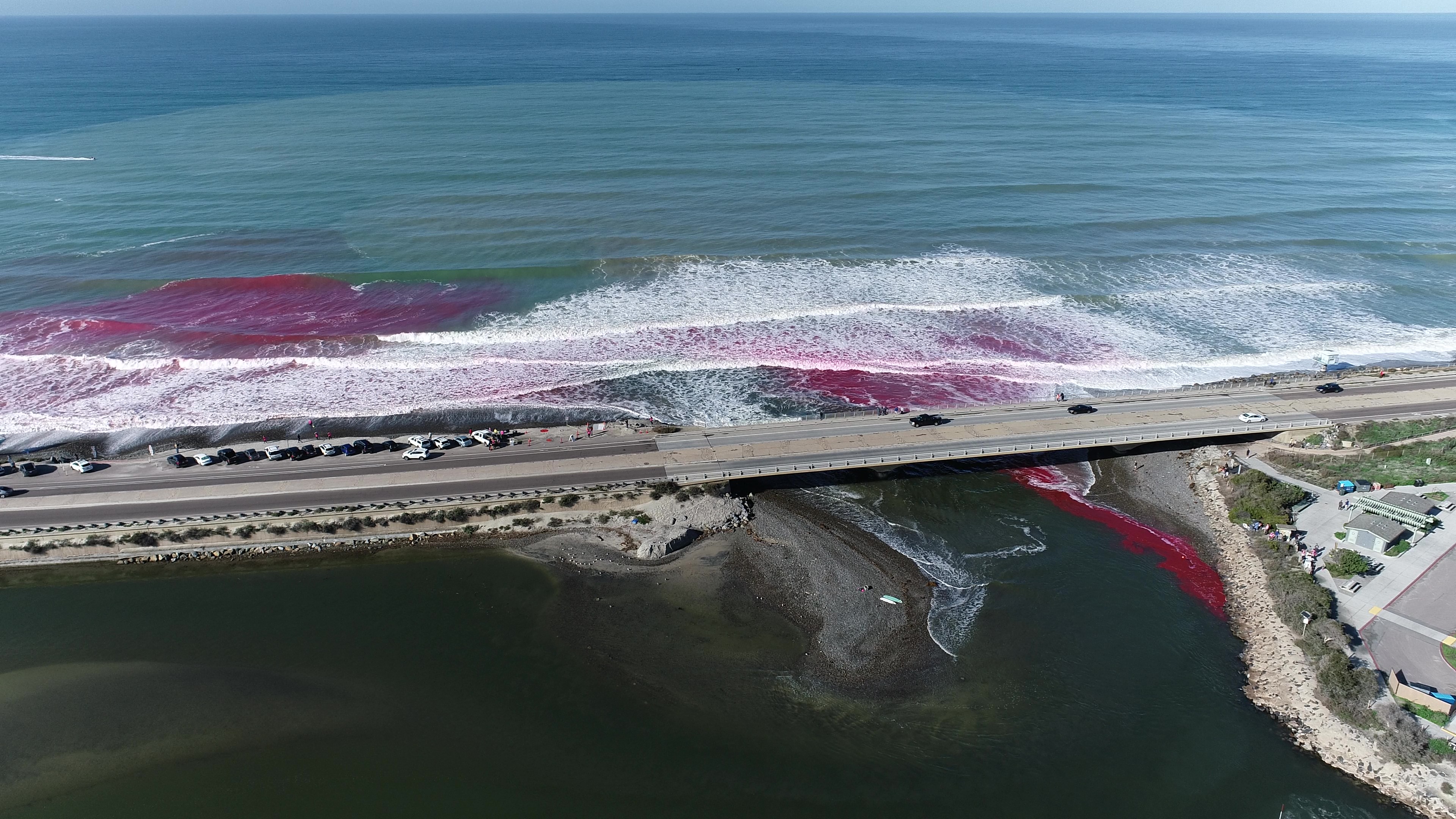
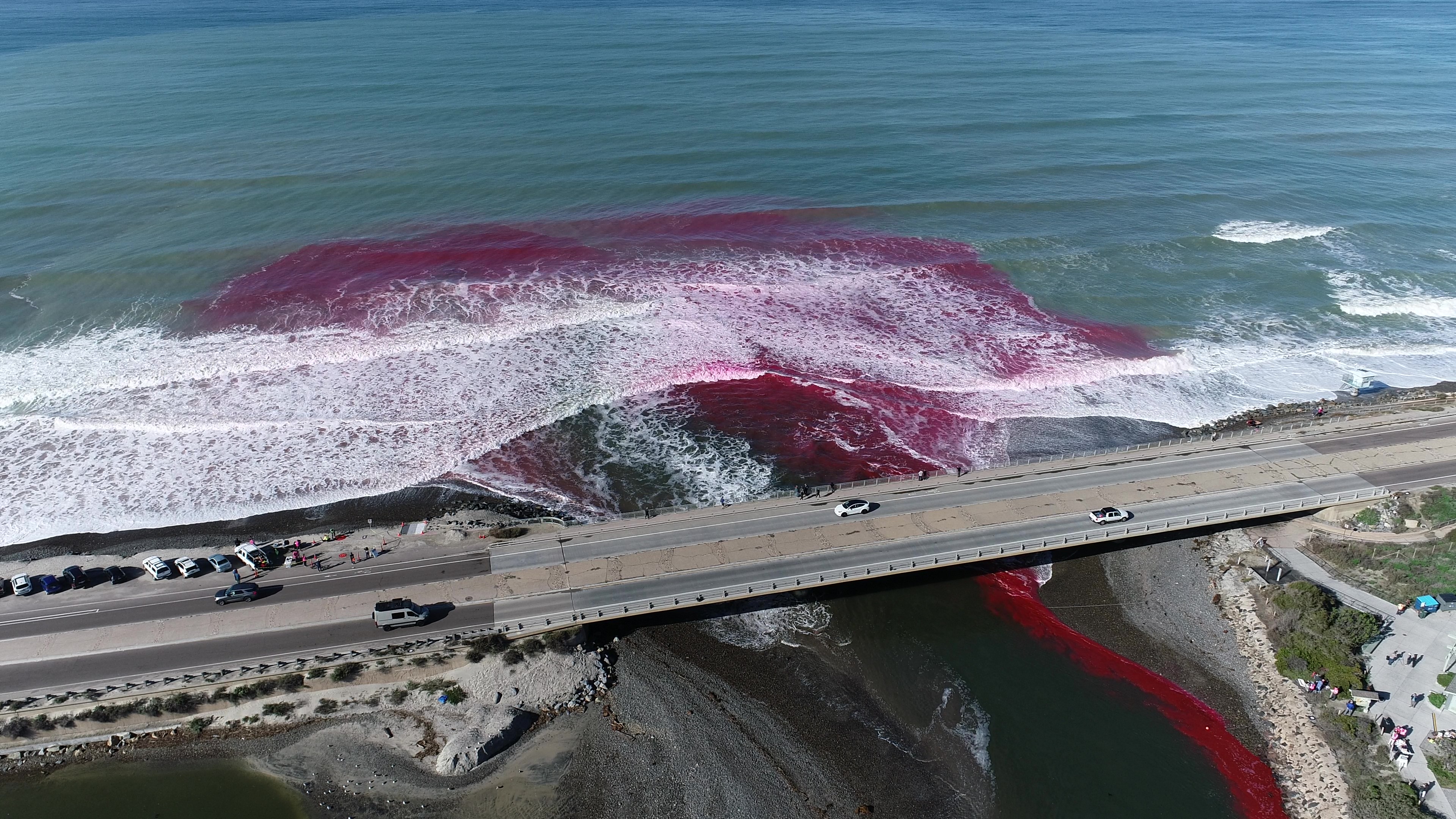


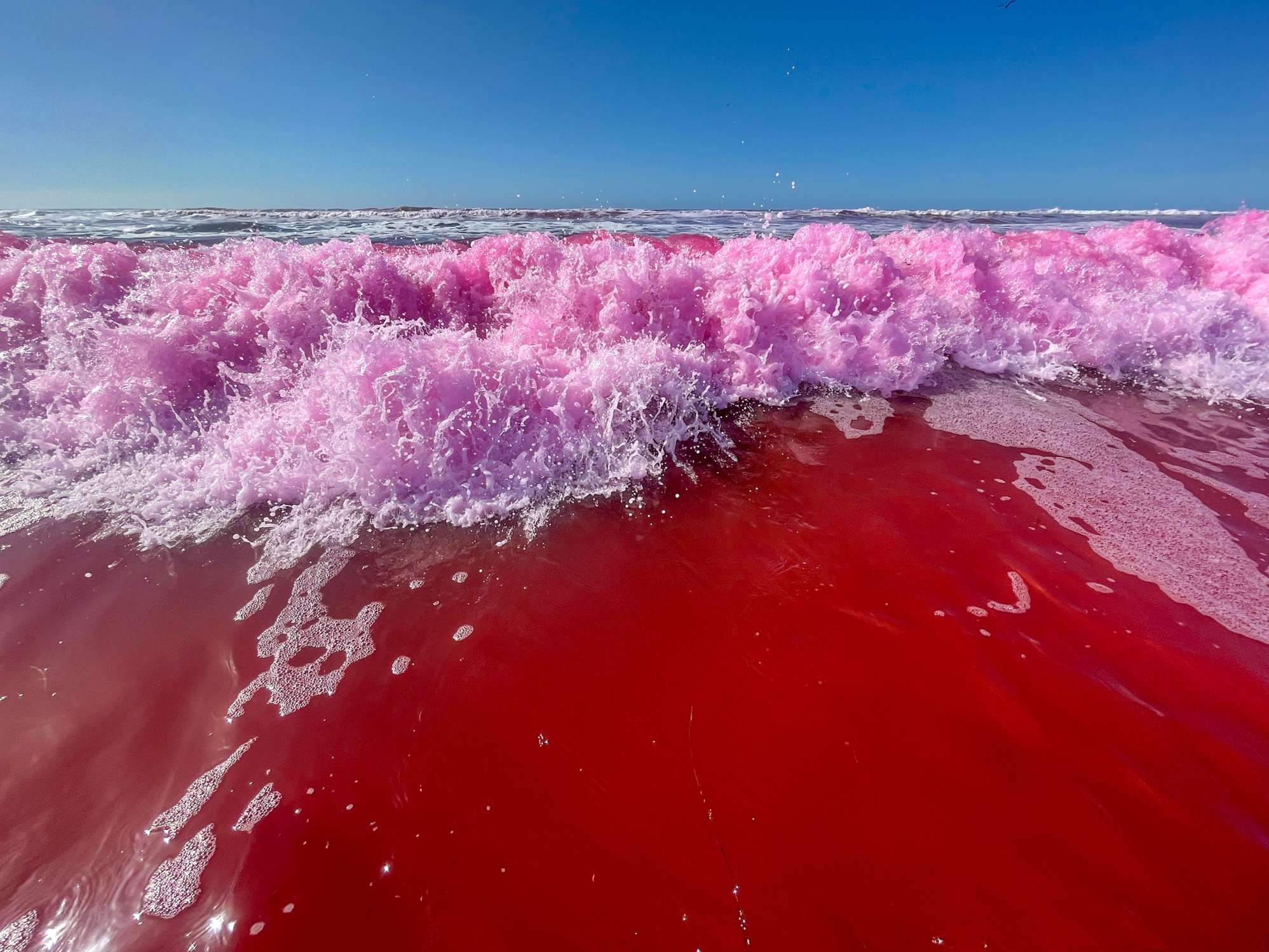
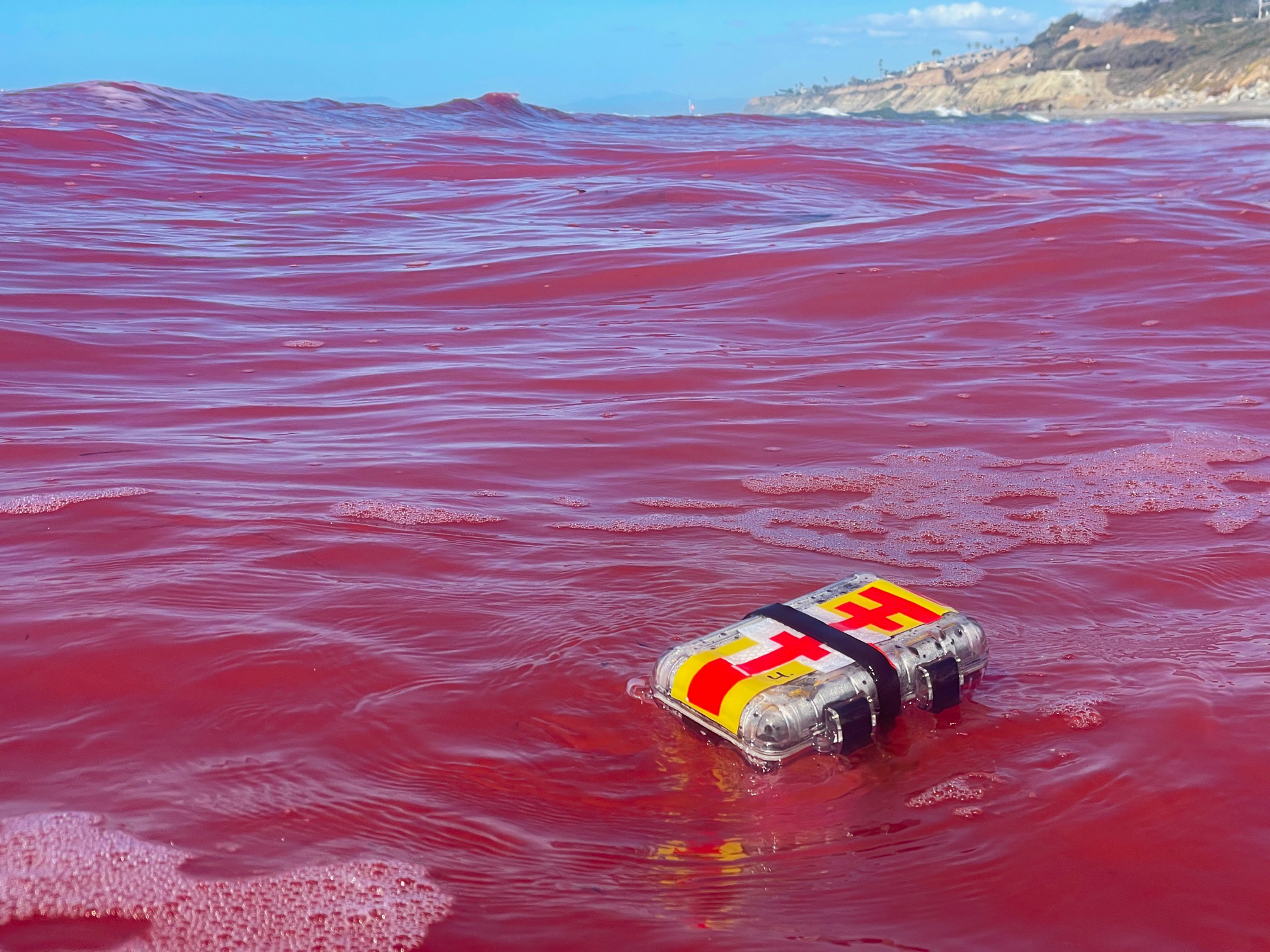
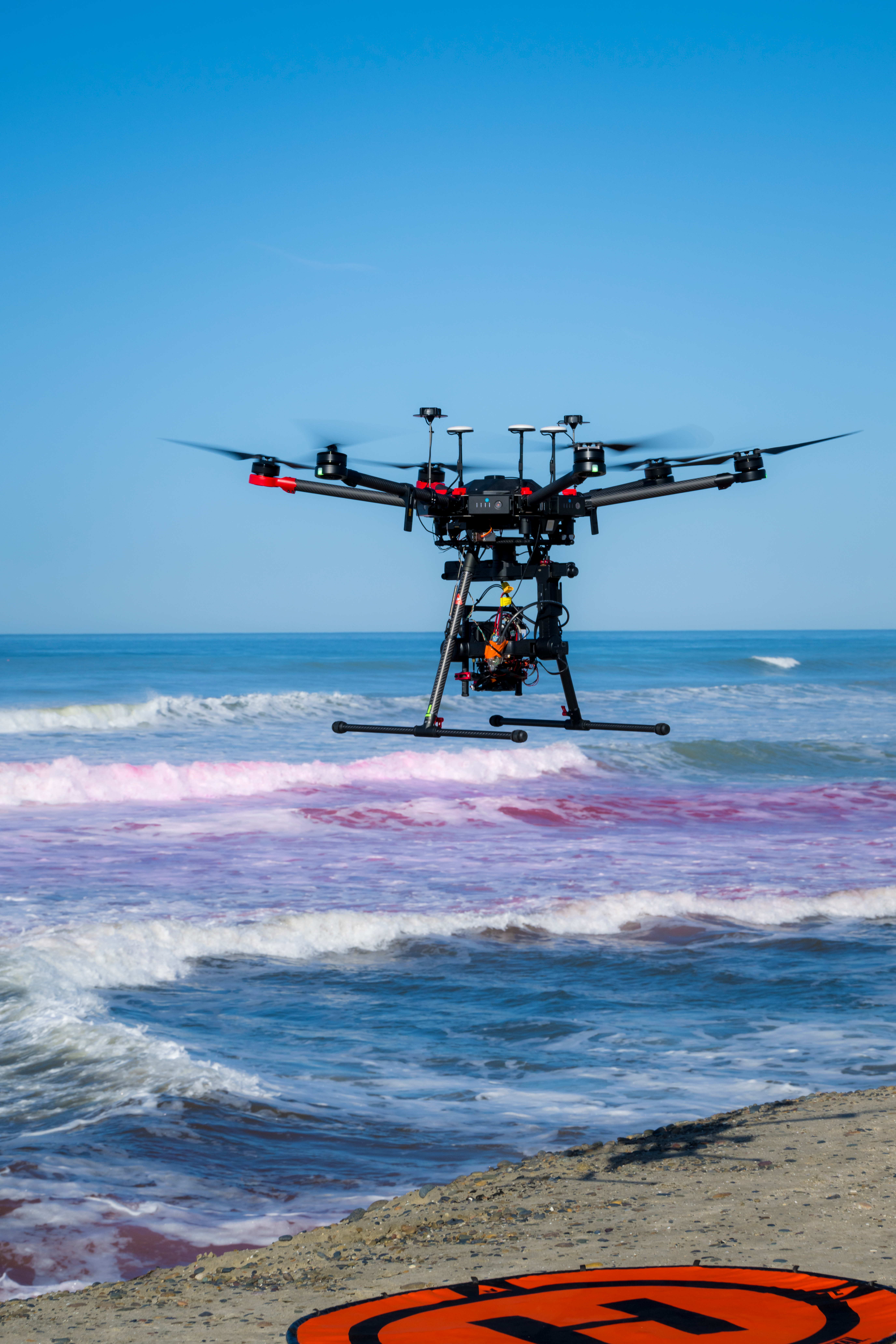
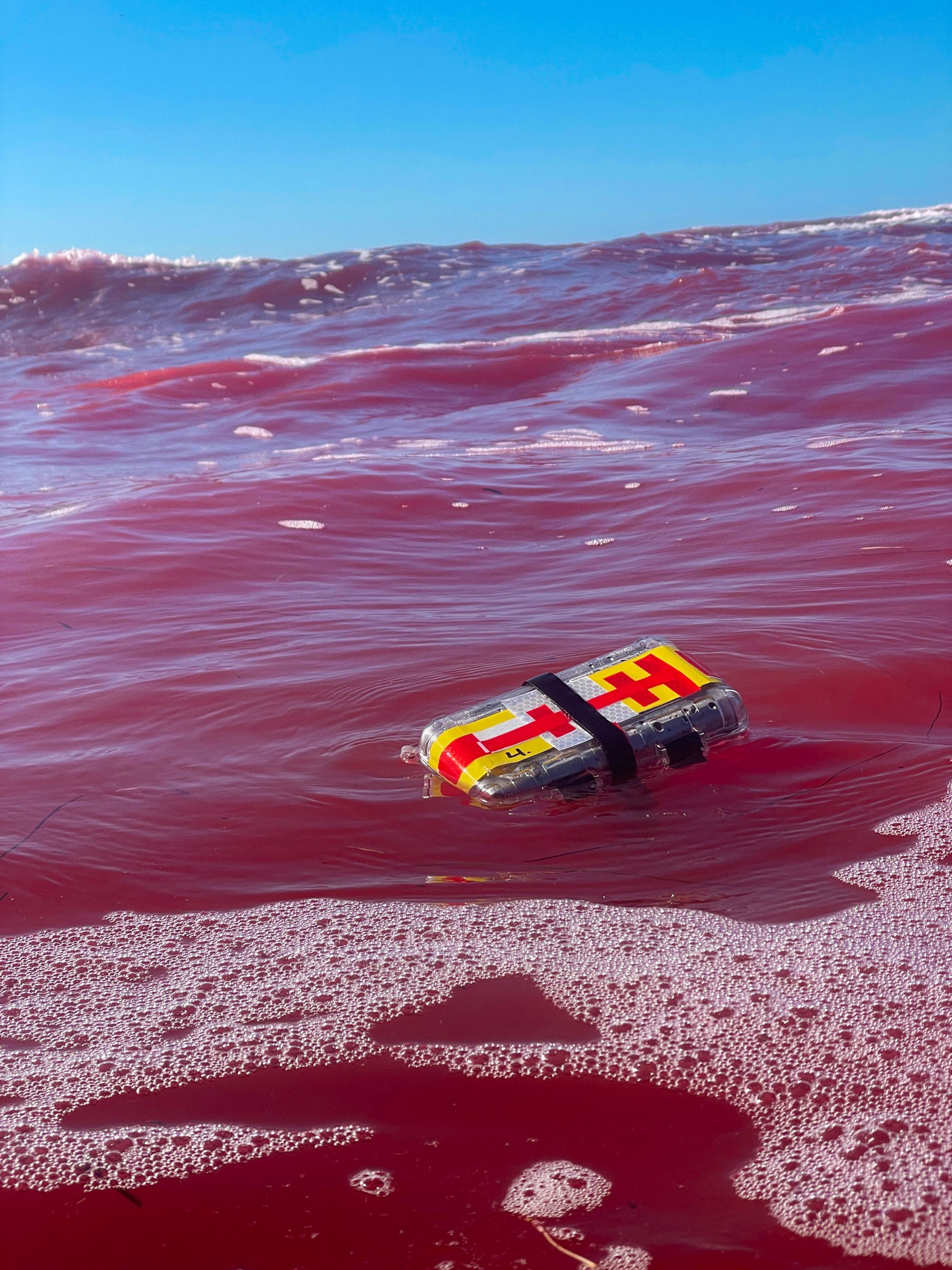
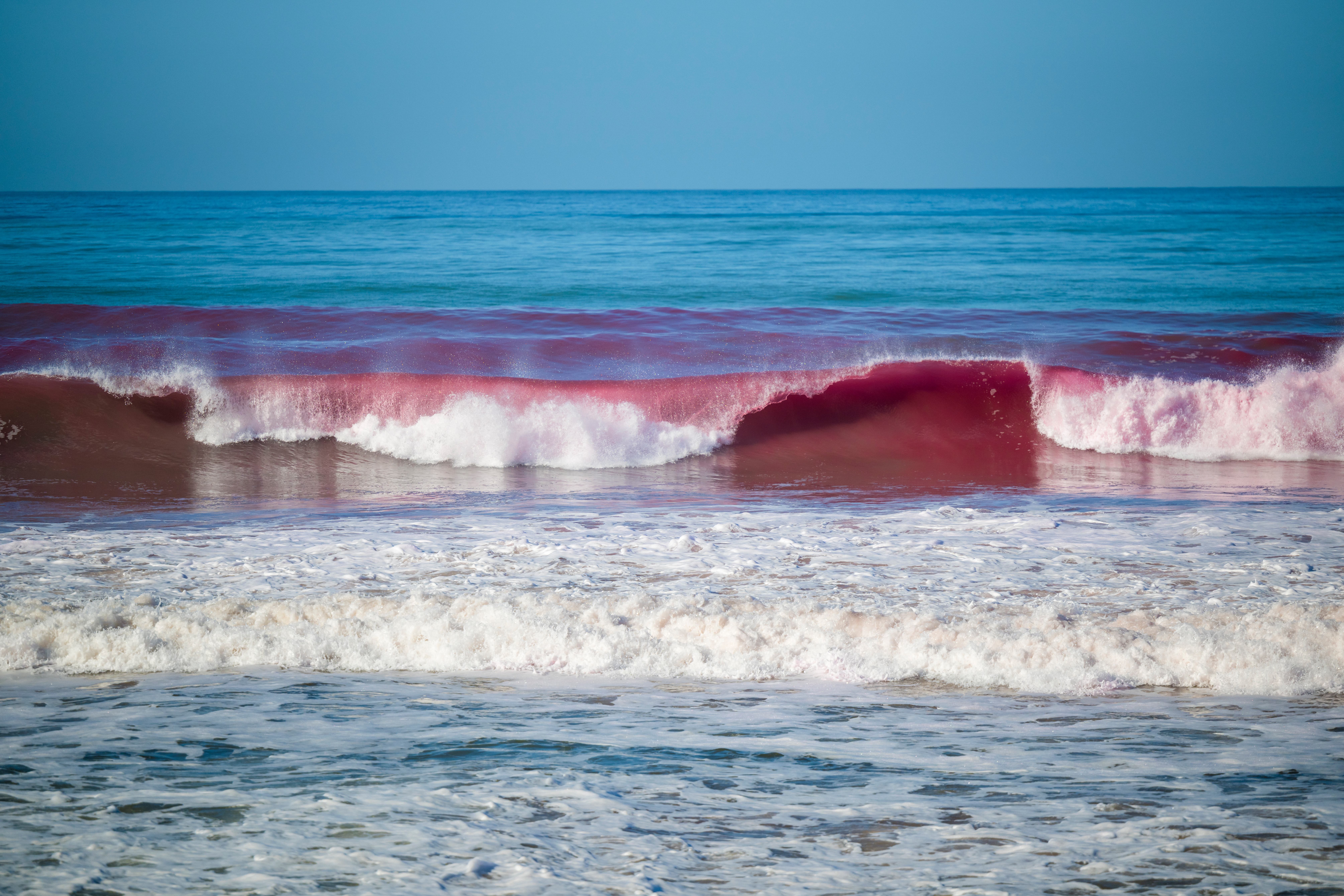
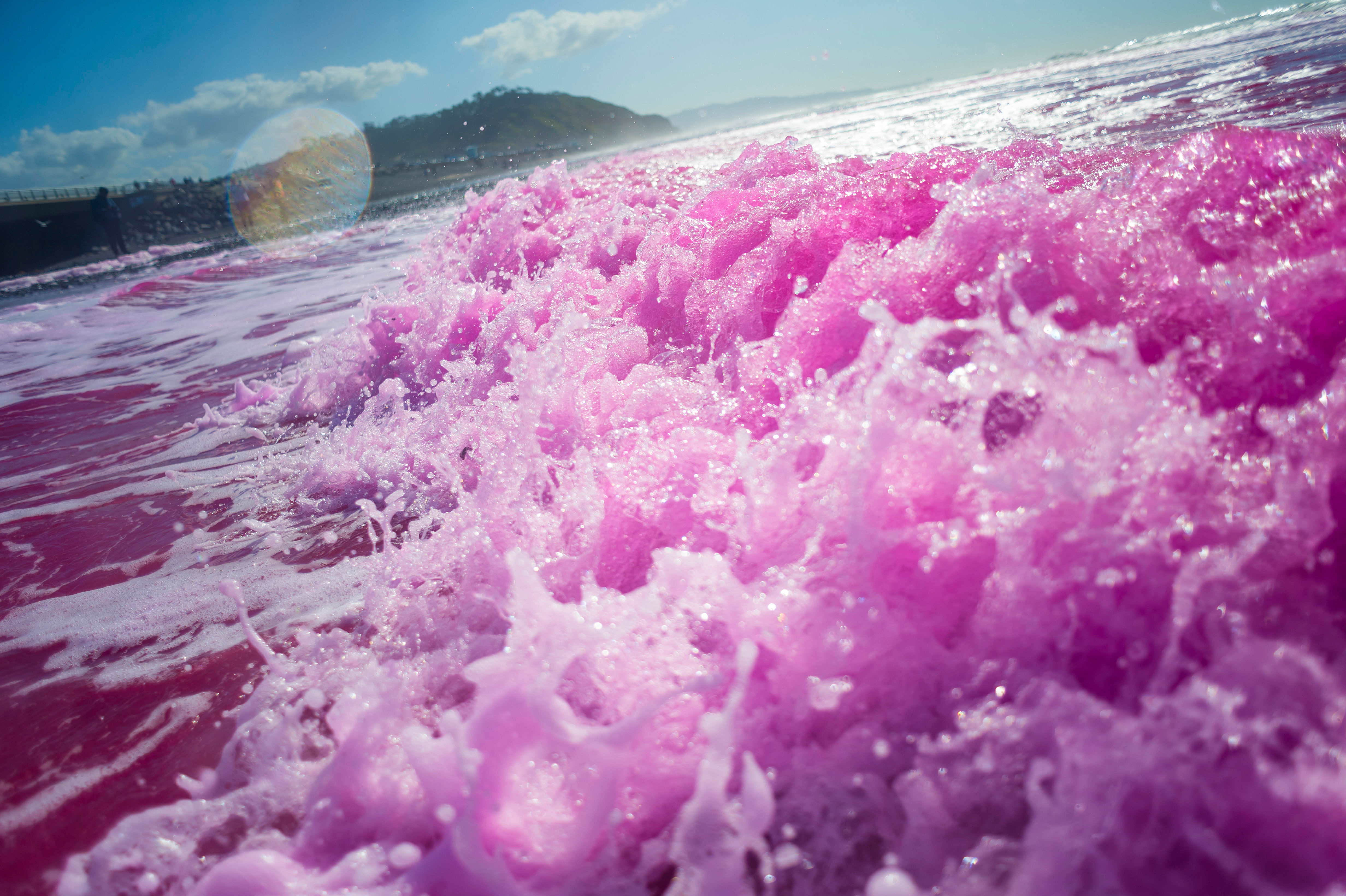
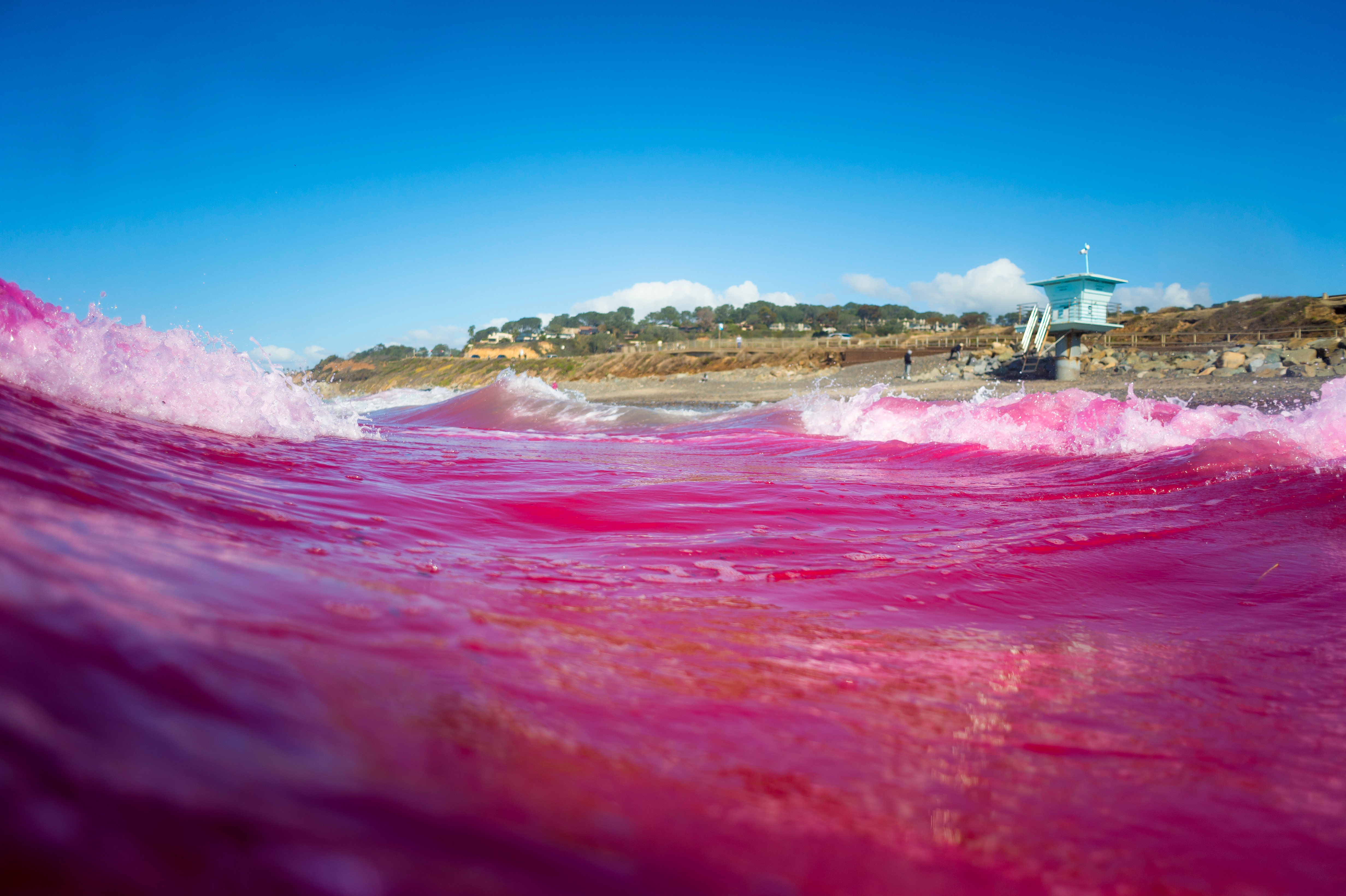

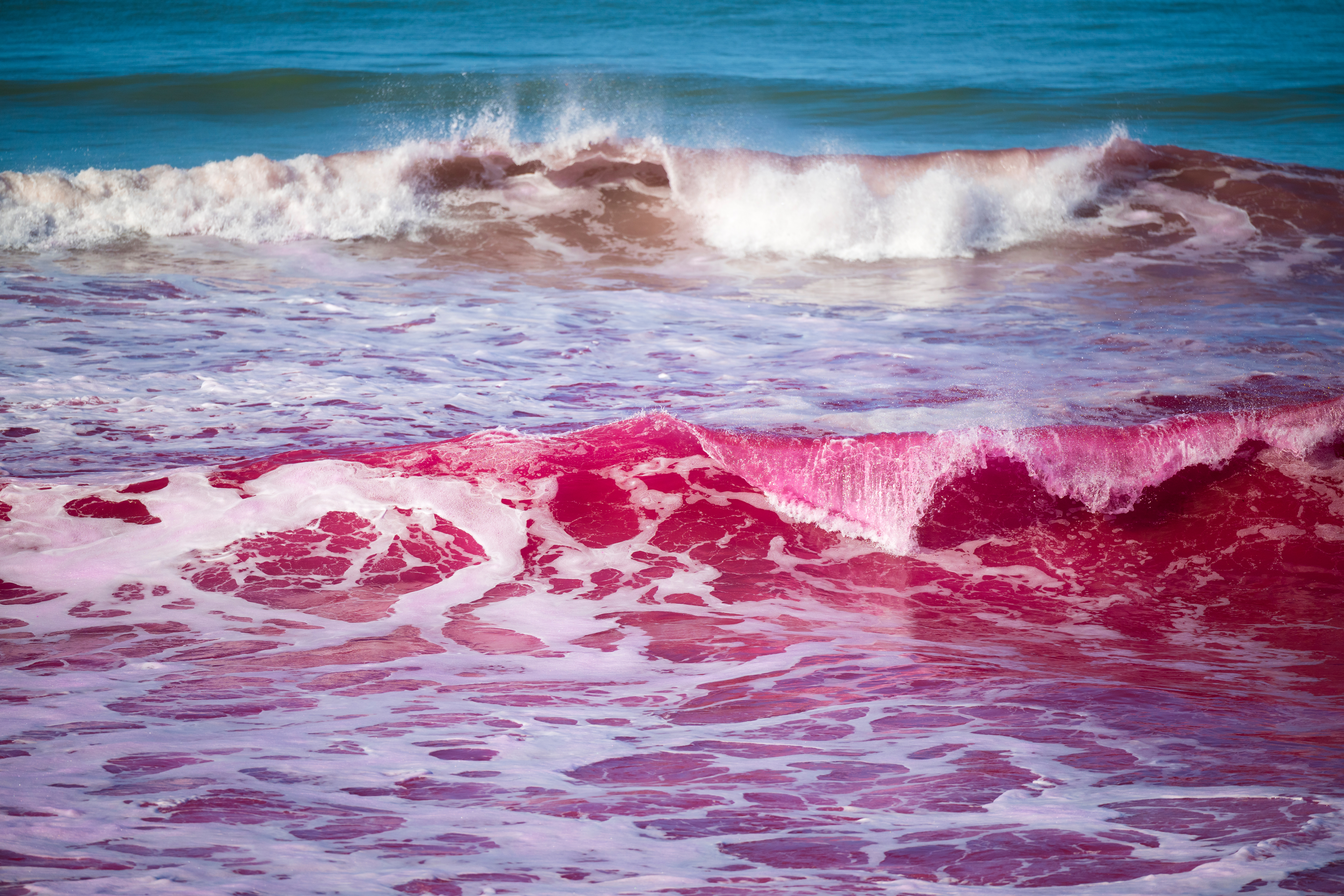

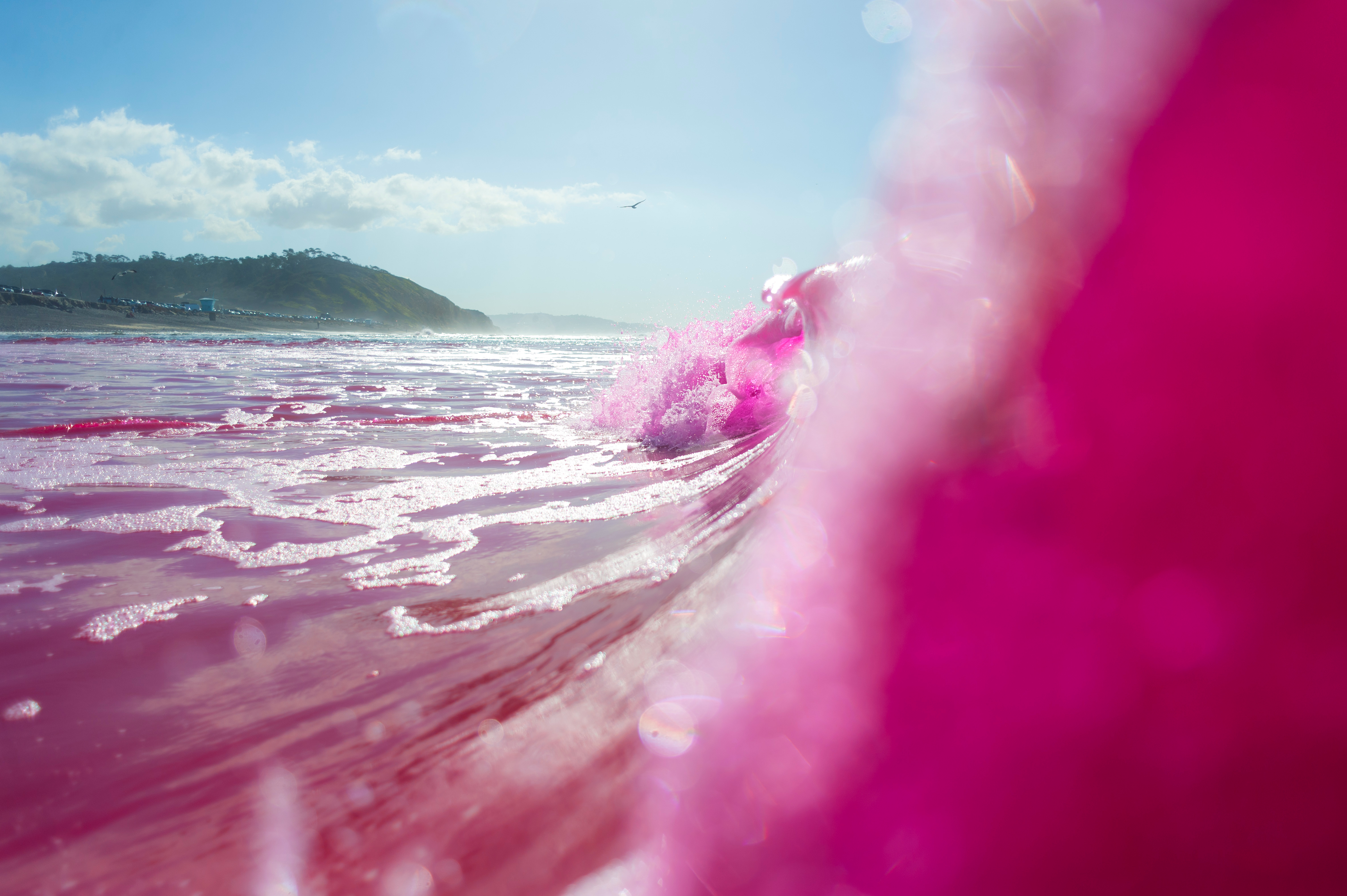
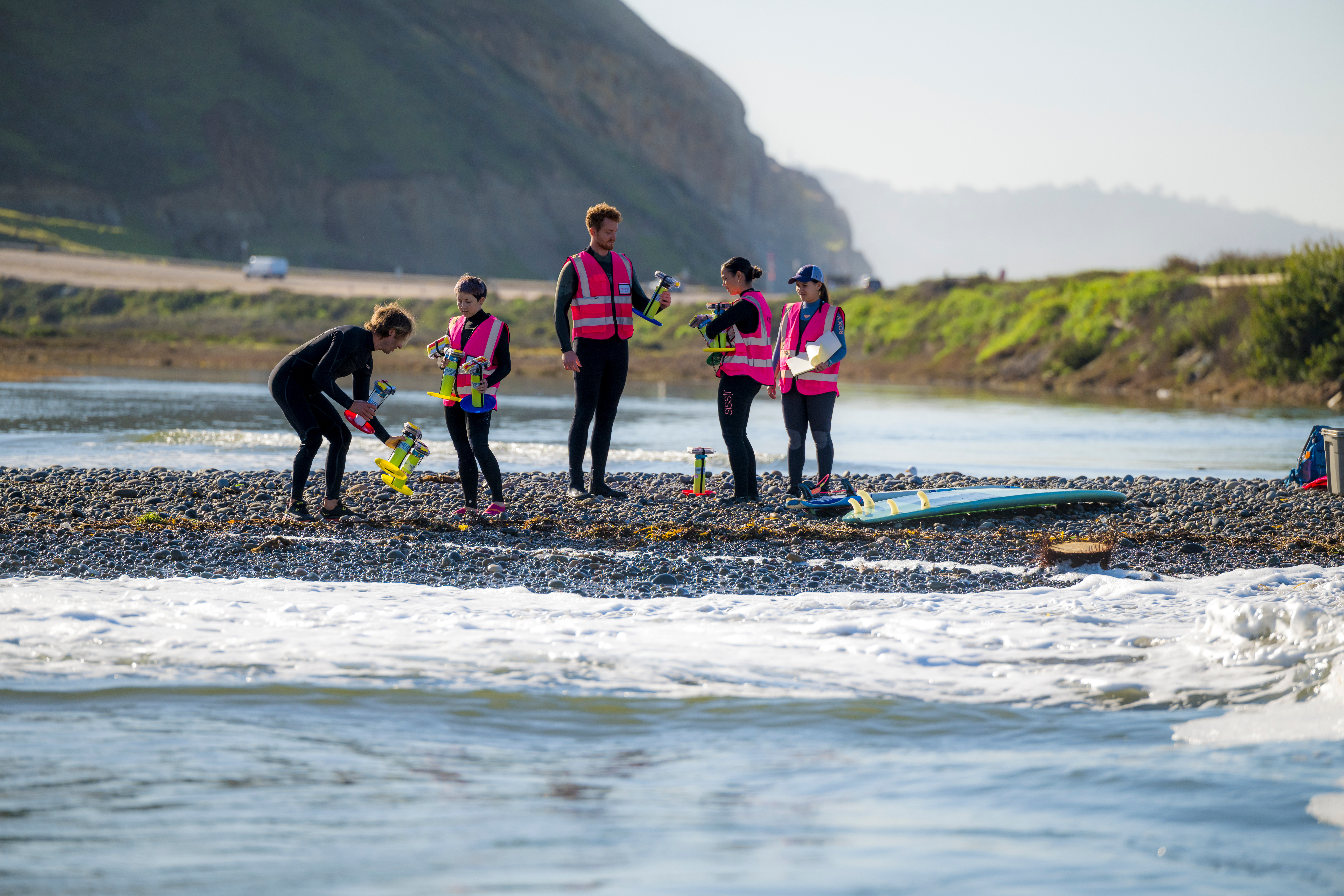
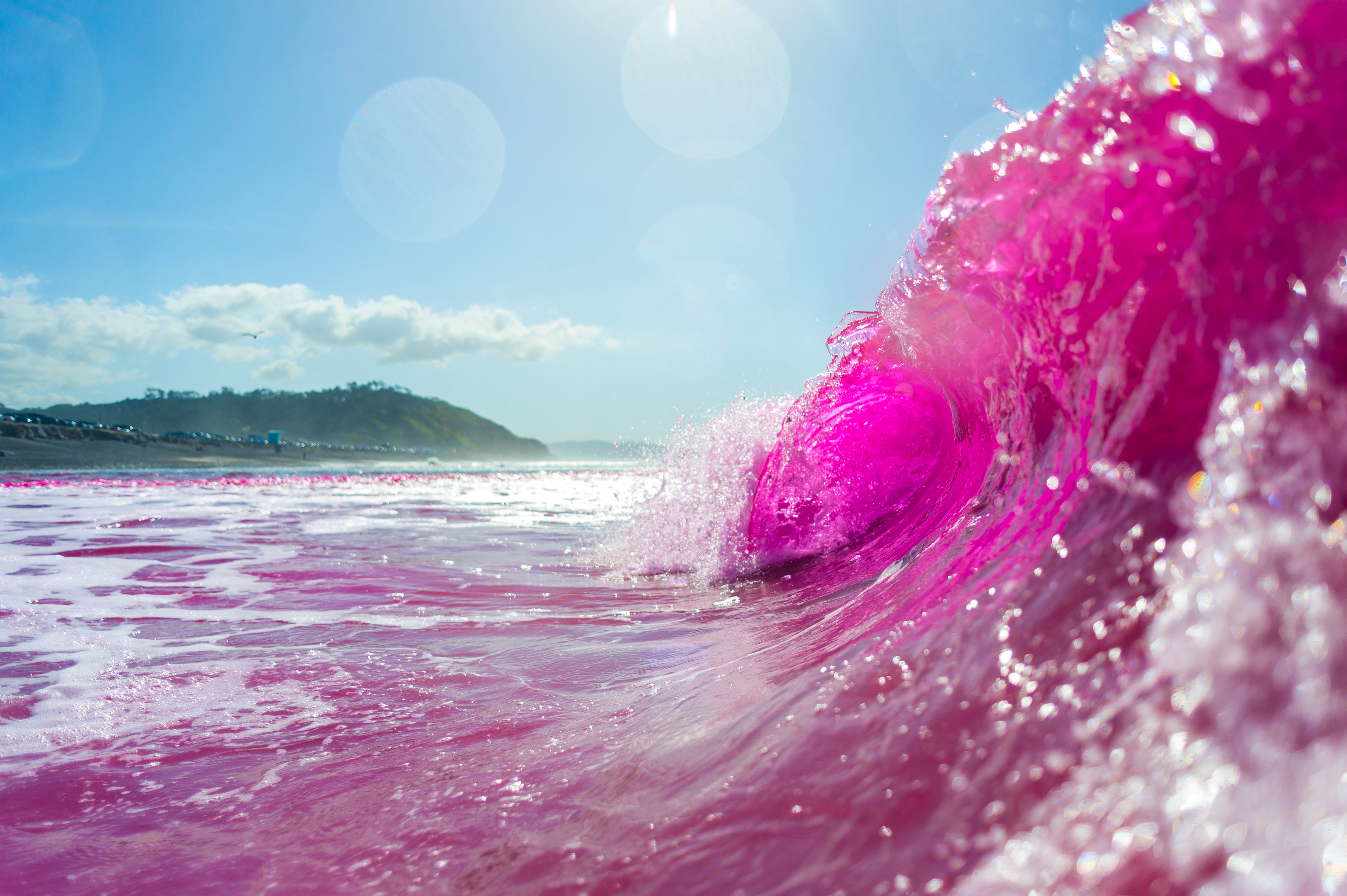
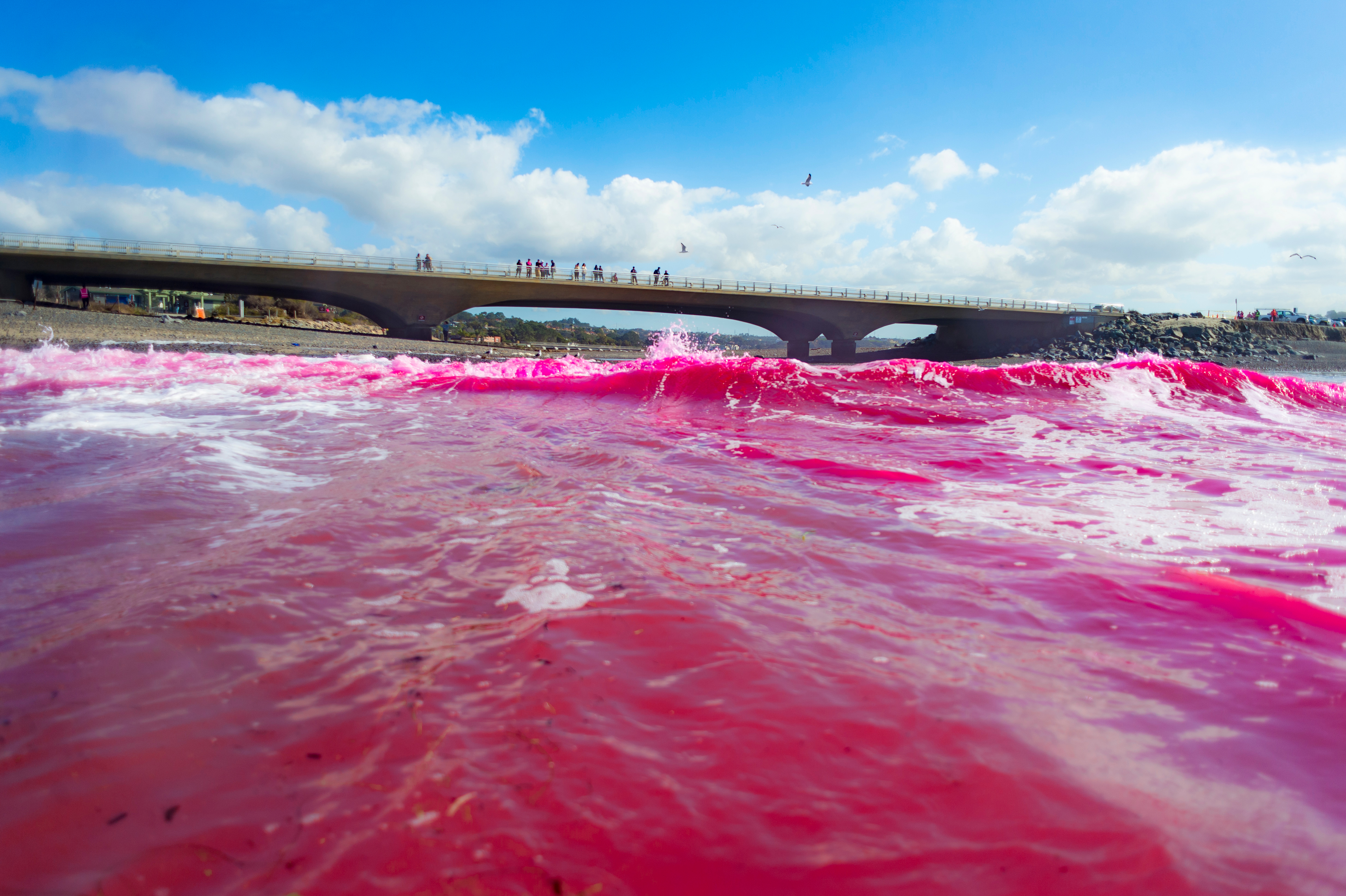

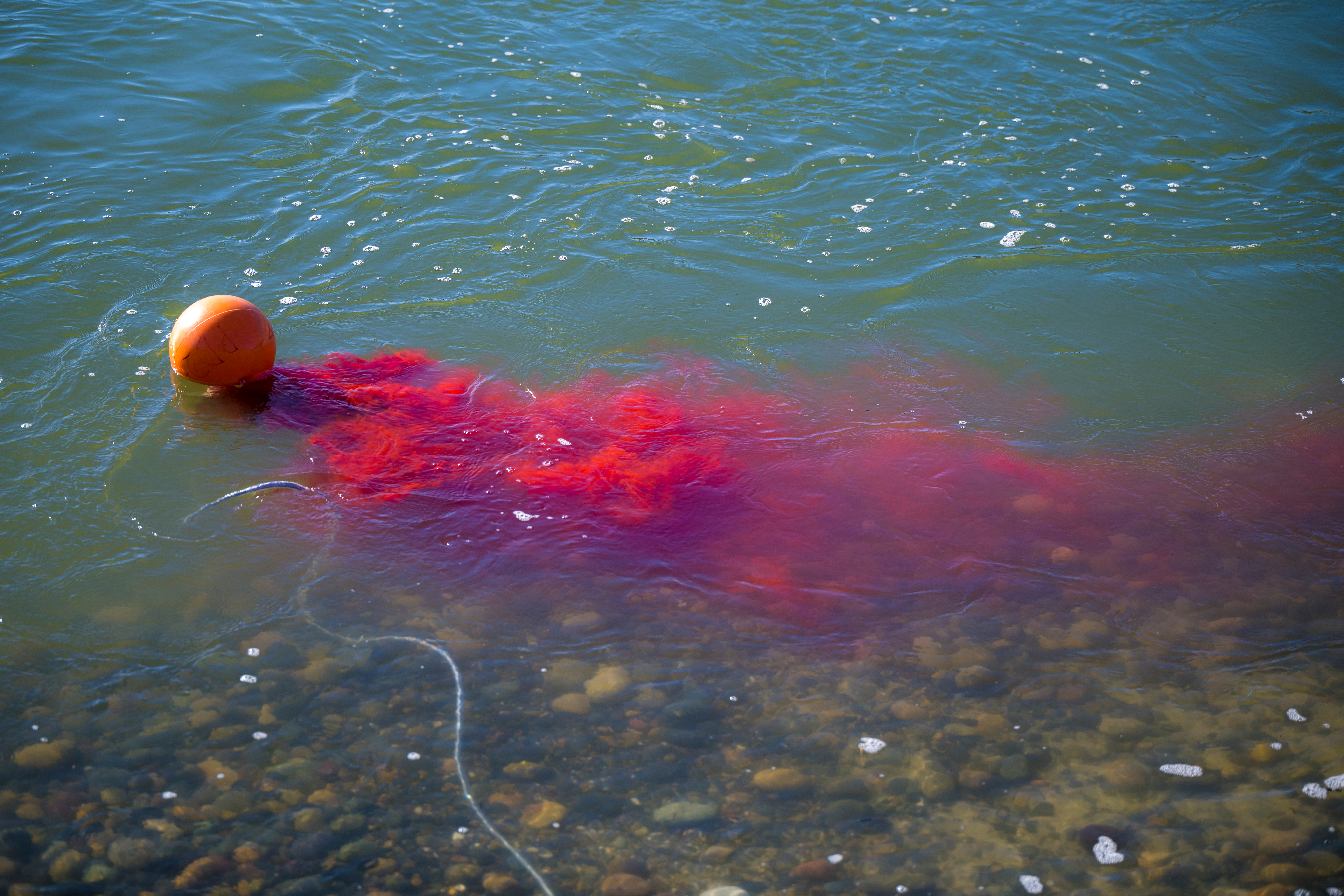
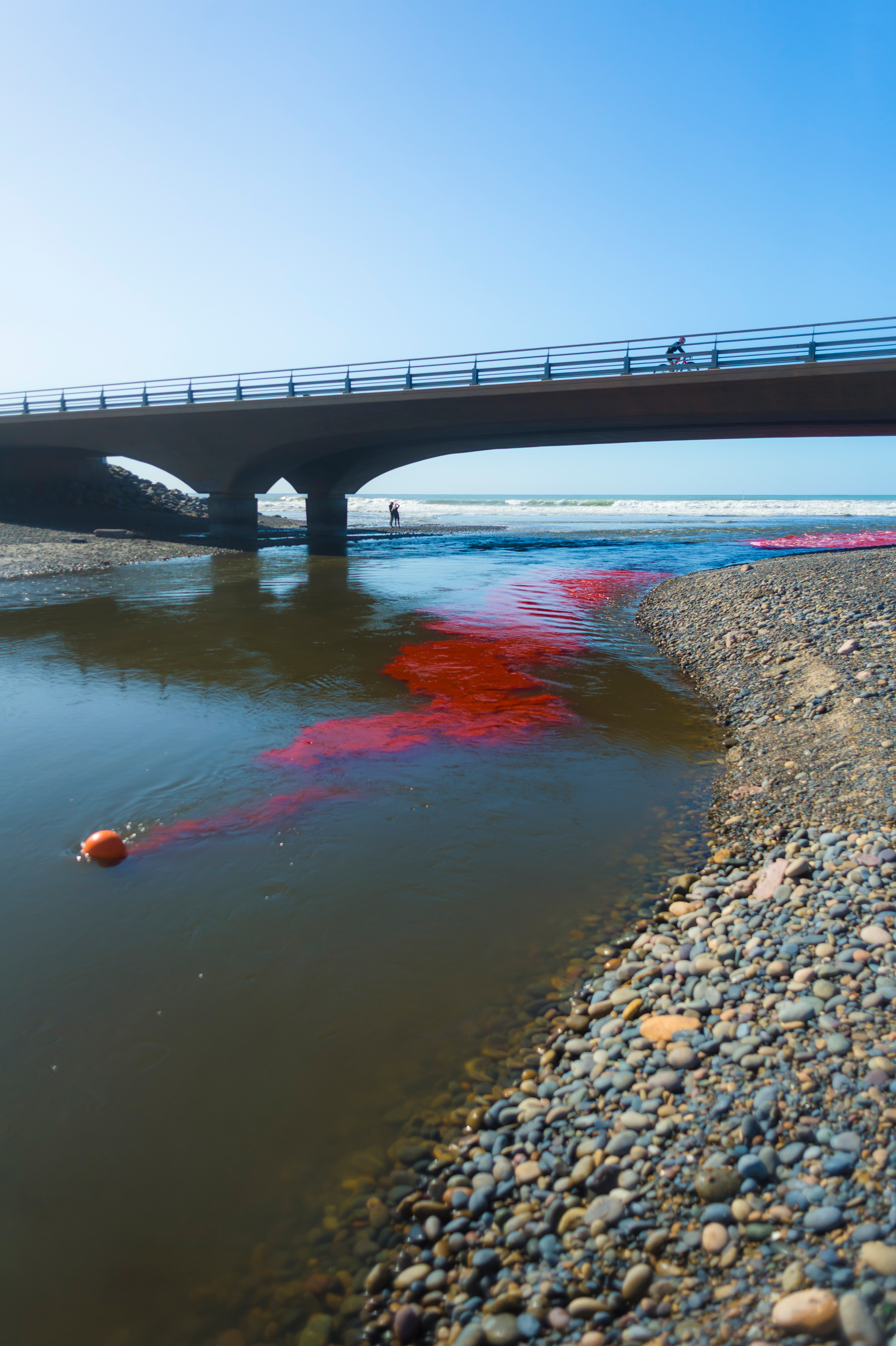
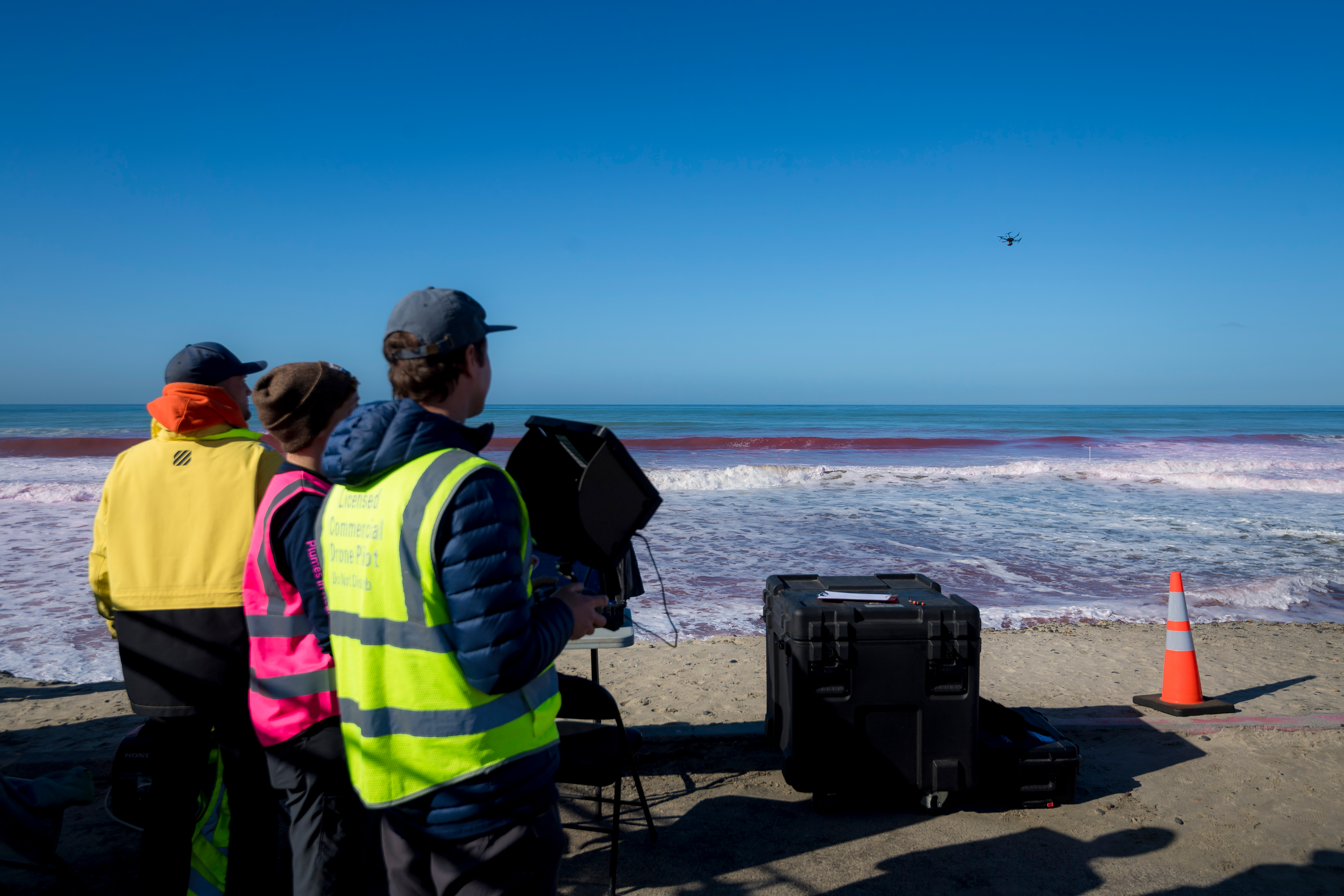
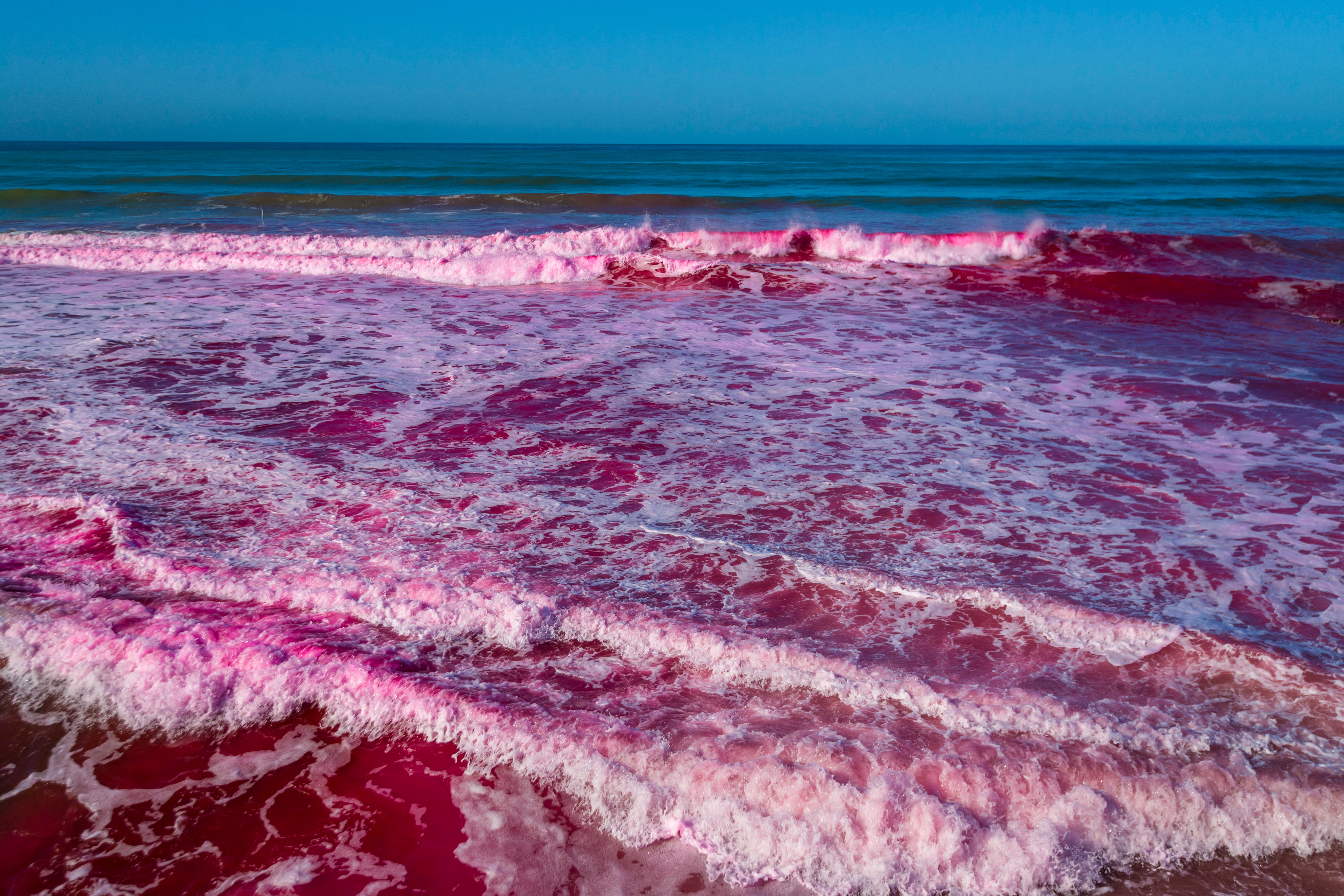
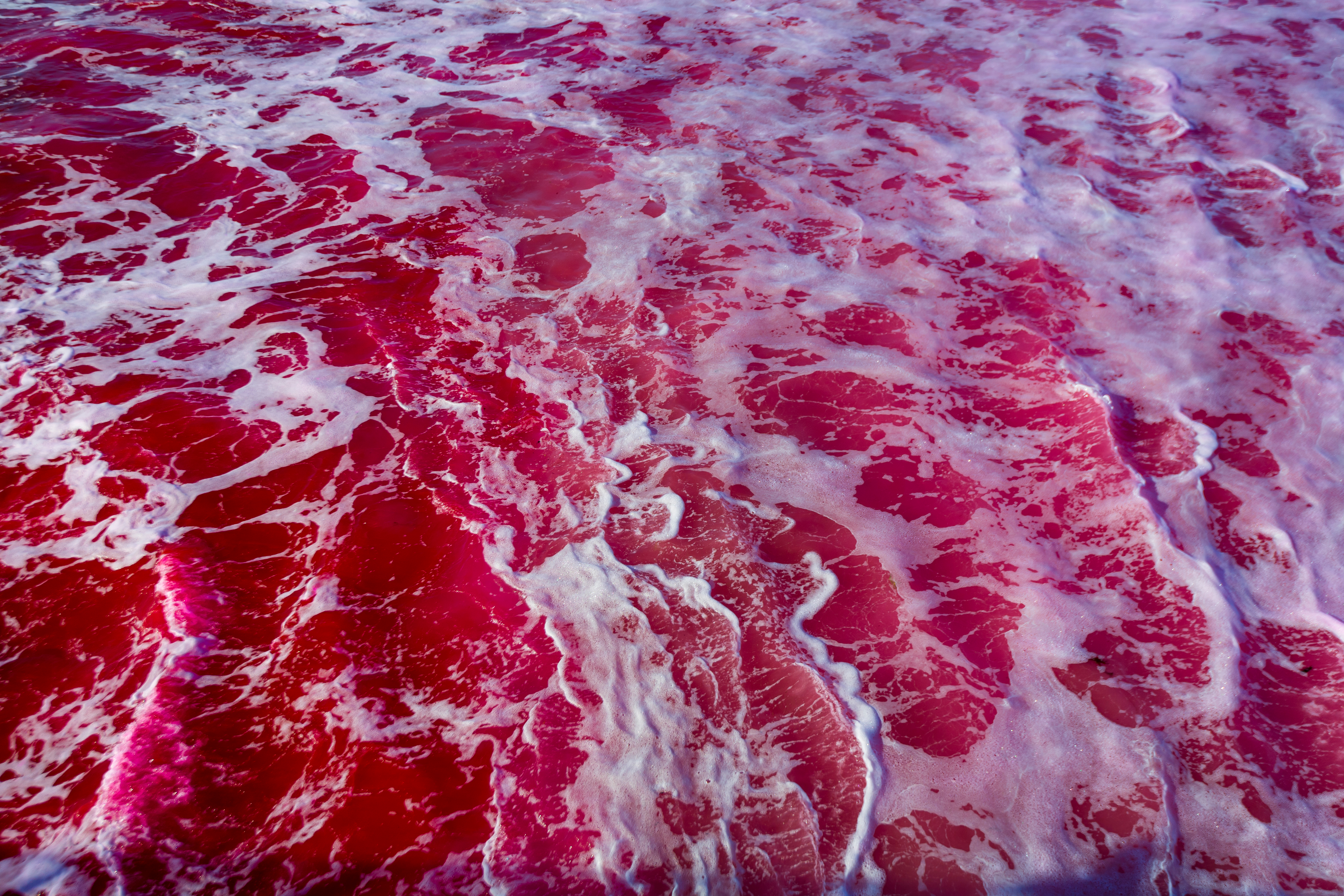
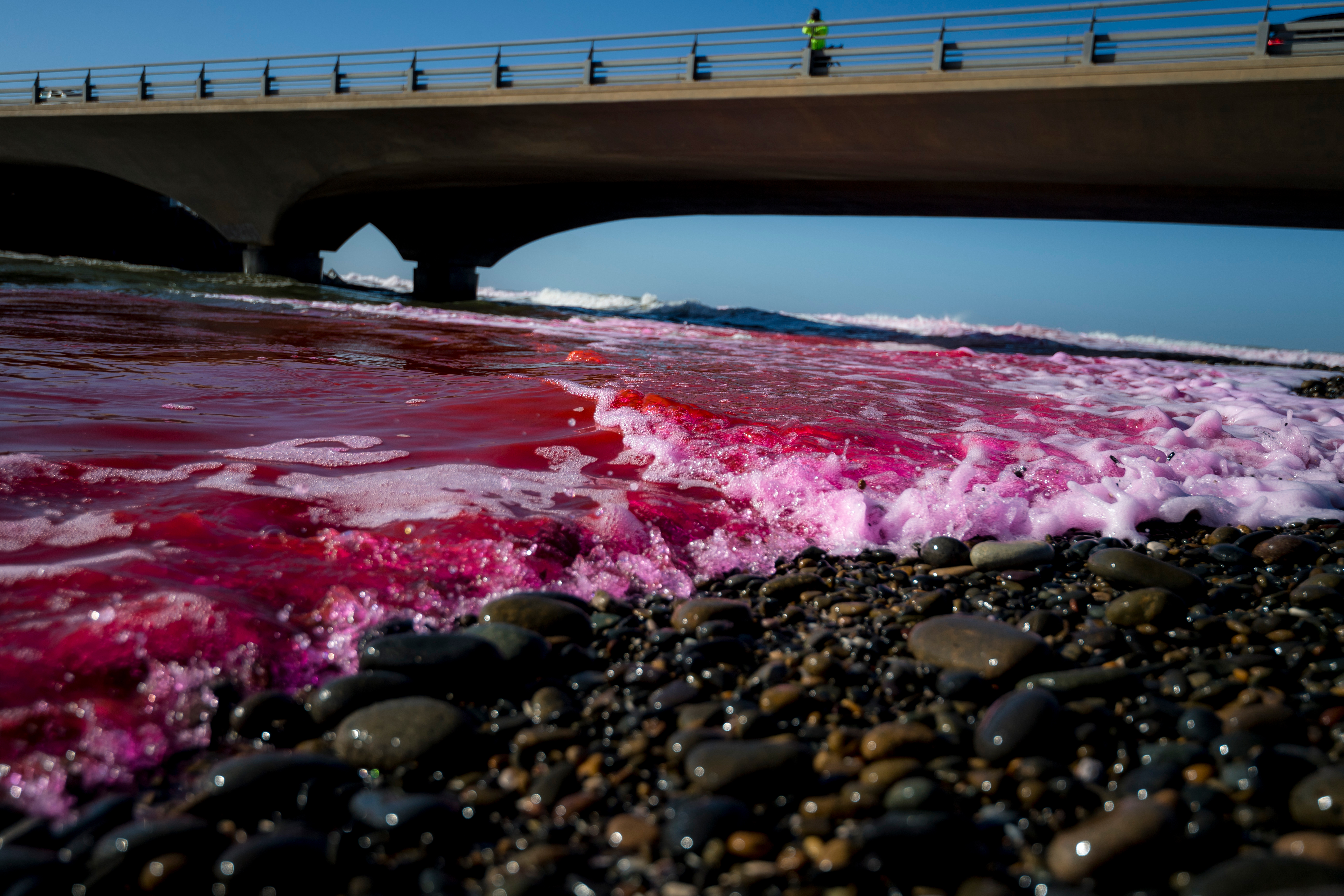
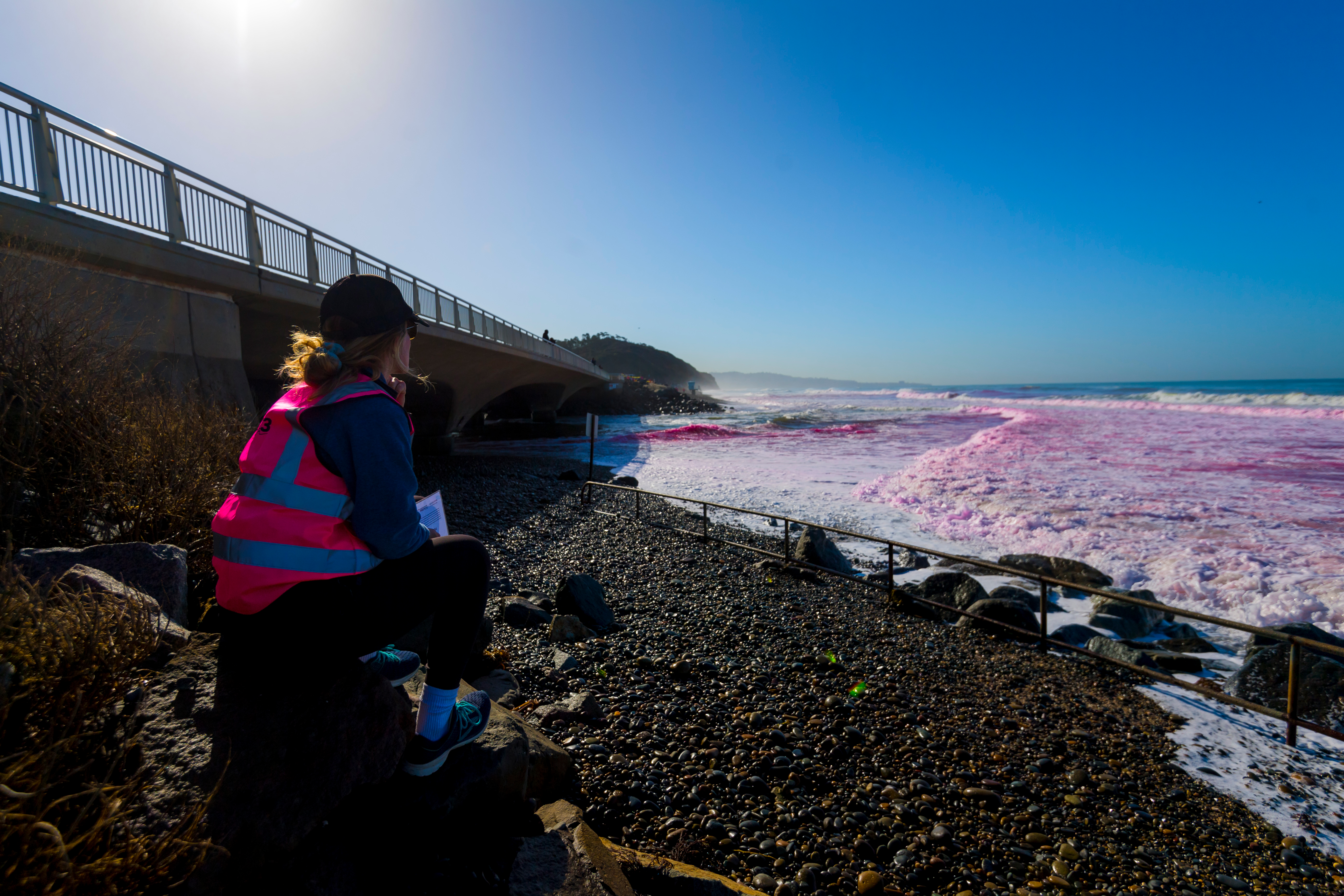
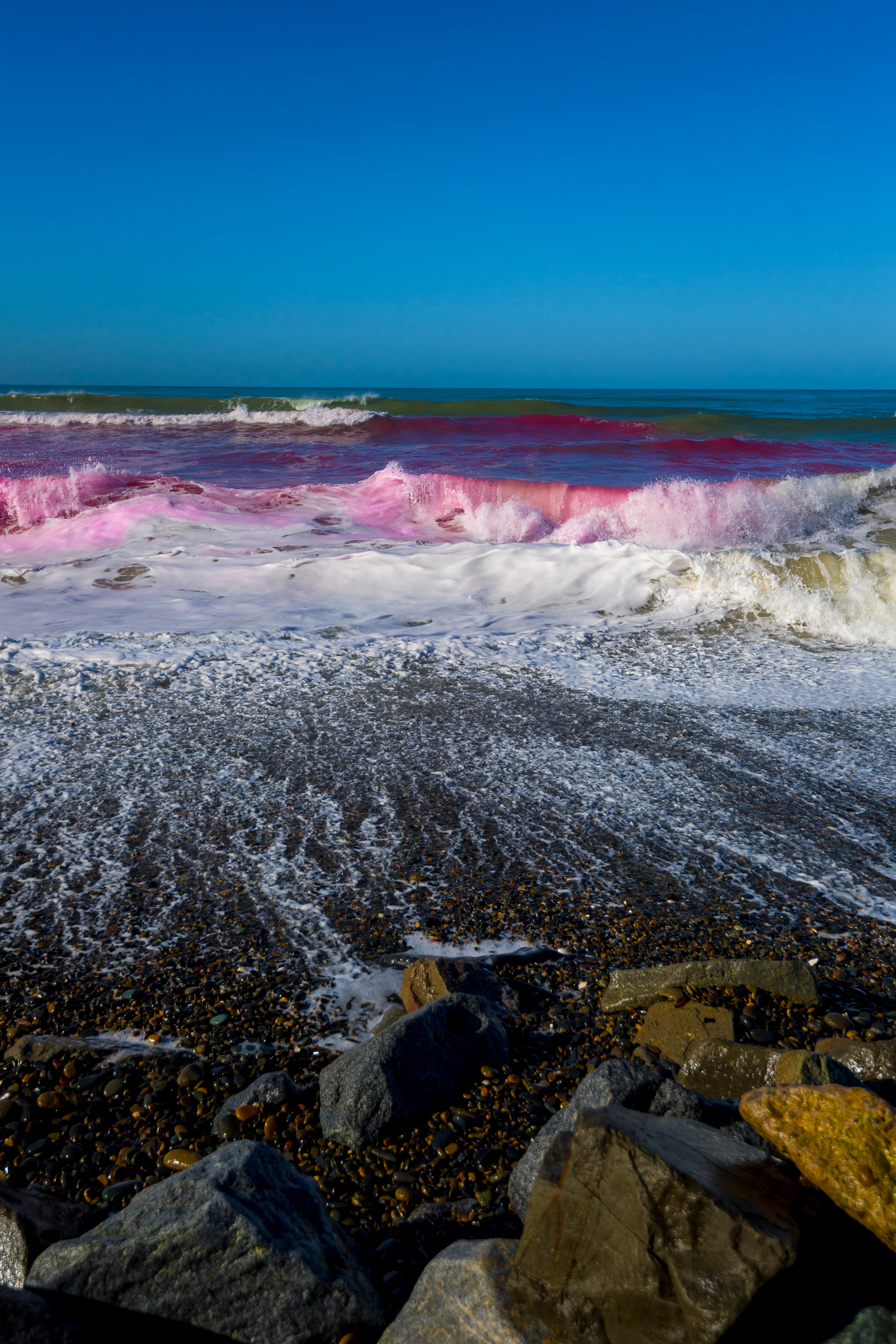
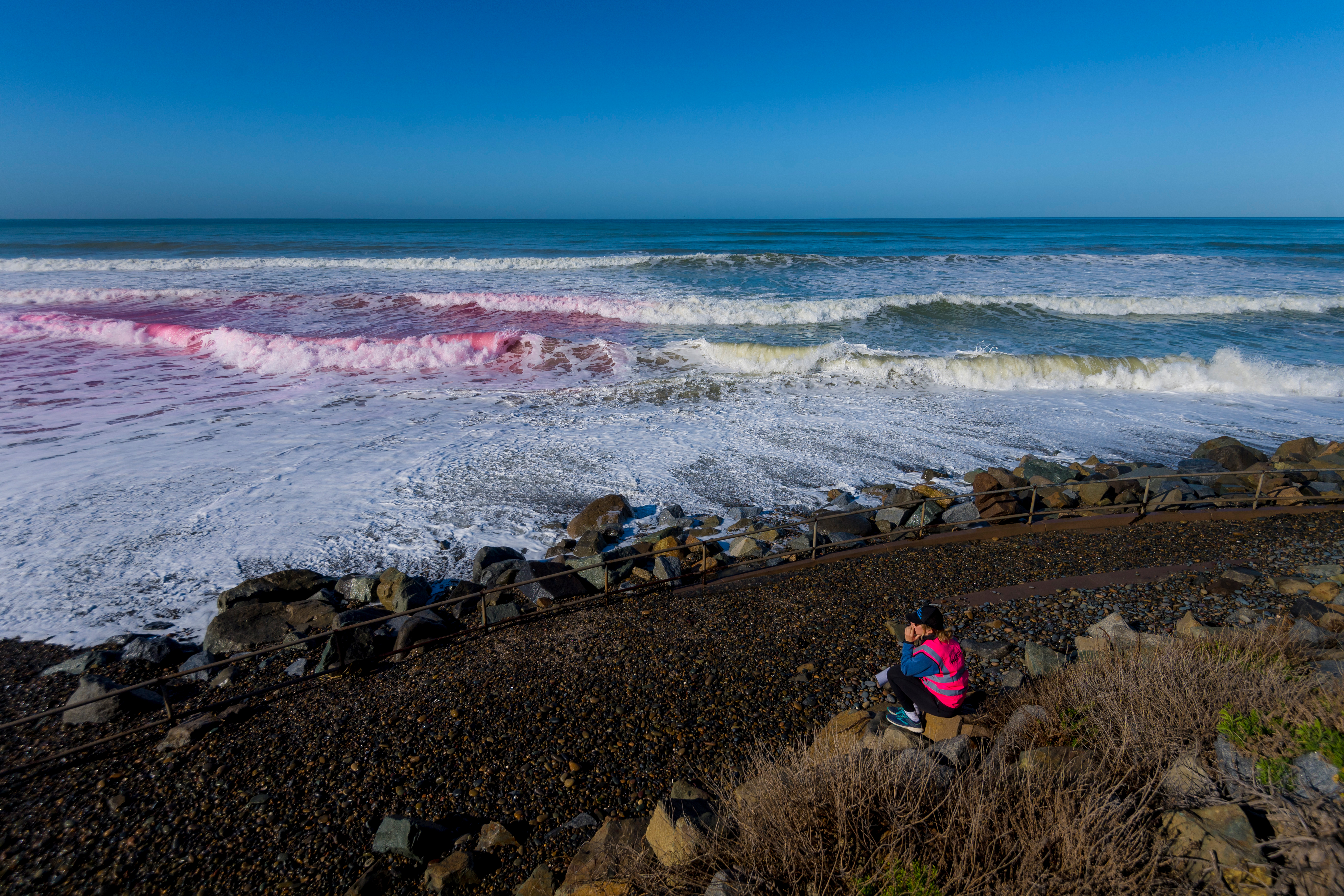
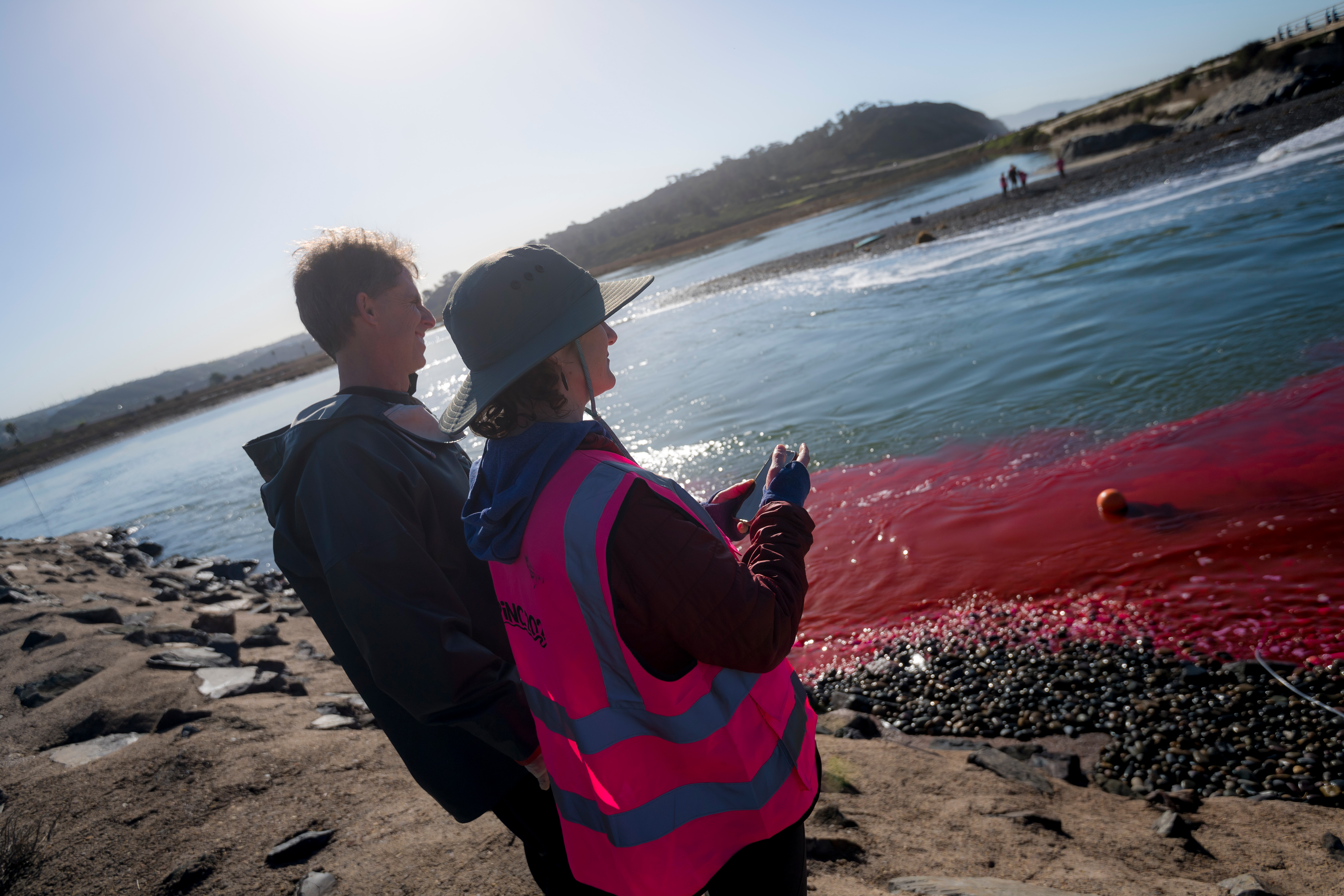
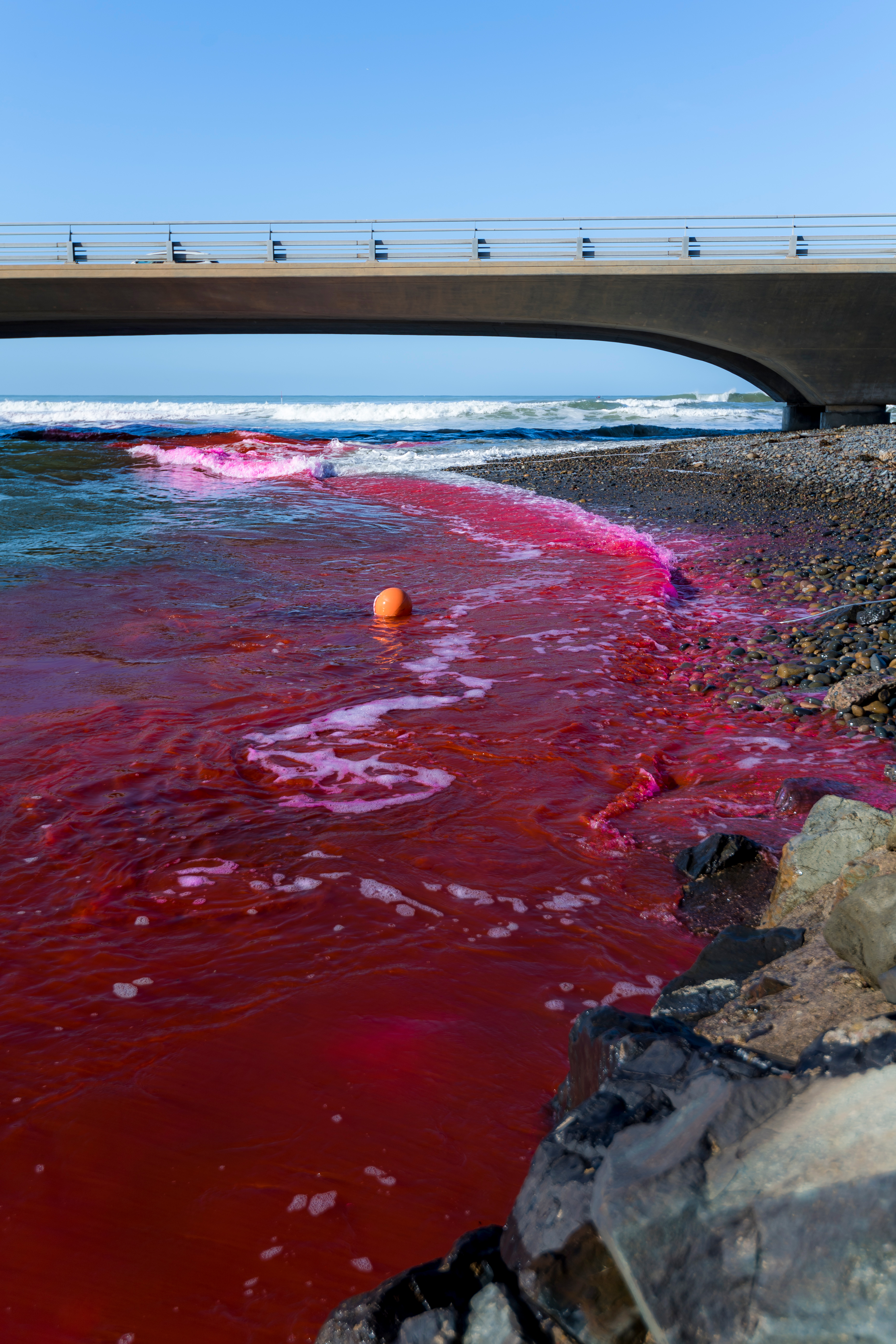


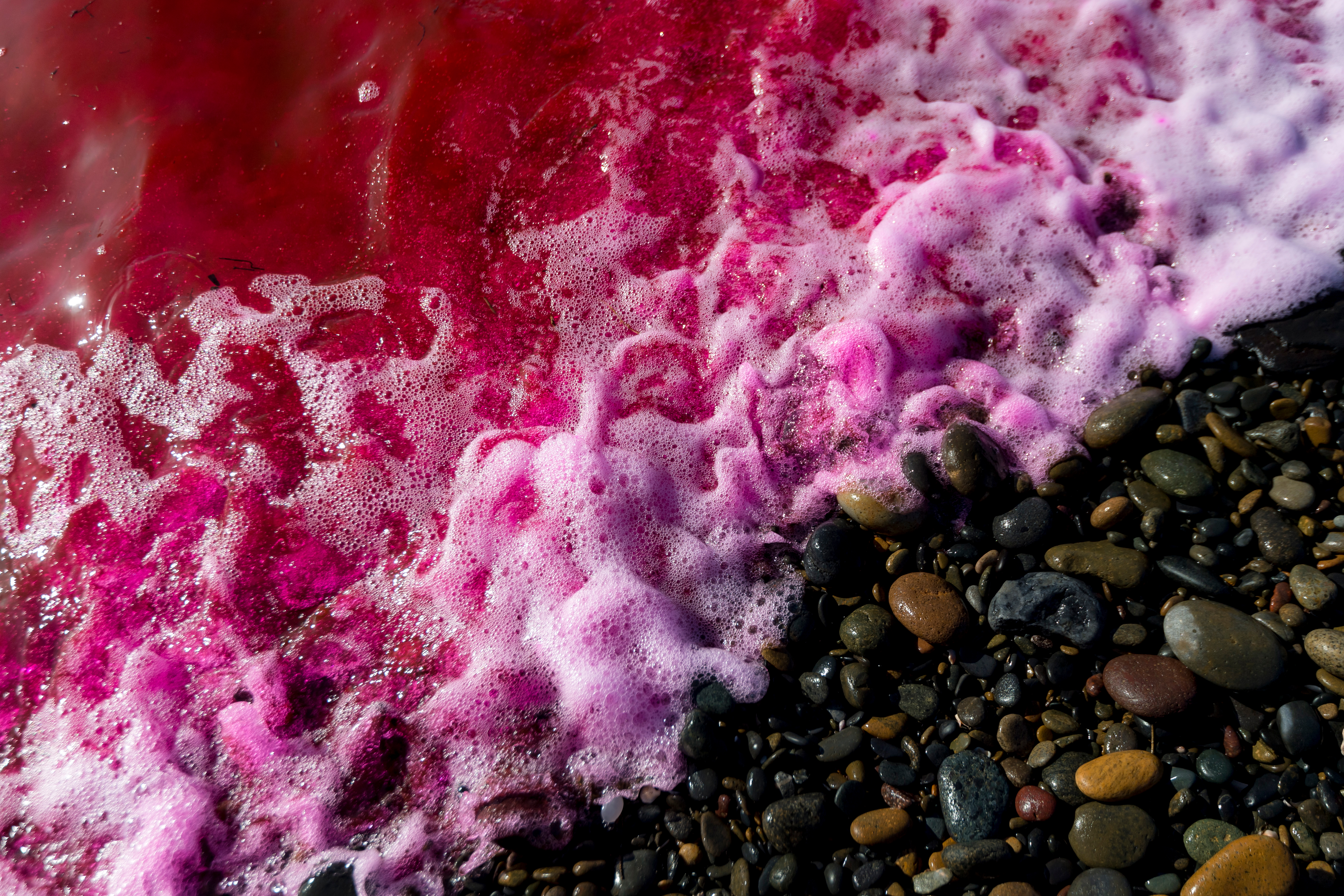
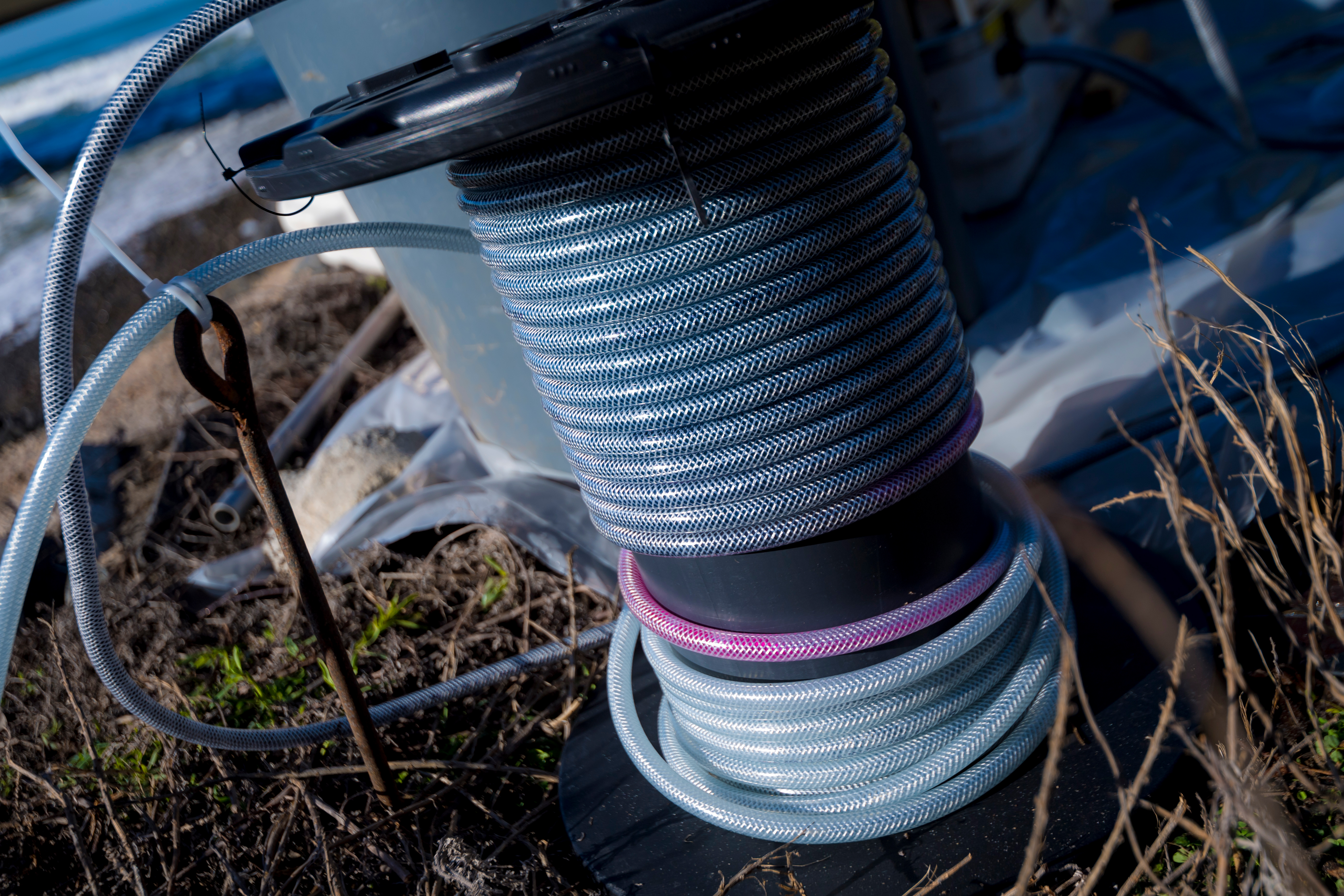
More From Sci + Tech
-


CIRA Satellites: Fog and low-level clouds permeated across parts of…
-


NASA’s Mars Curiosity Rover Shows Timelapse of Full Day Cycle…
-


NASA astronomers witness for the 1st time a dead star…
-


More: Mauna Loa Eruption As Seen In Coast Guard Footage
-
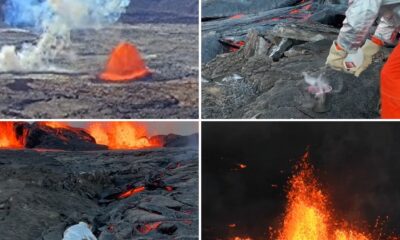

Hawaii’s Kilauea Volcano Erupts for the Third Time this Year.…
-


2 Robitussin Cough Syrups With Honey Recalled Over Microbial Contamination
-


View From Space of Black Fire in New Mexico
-


More: Green Comet C/2022 E3 (ZTF) Drifts Across Night Sky…
-


Seattle, WA – Timelapse of crescent moon moving over the…
-


ChatGPT Integrated w/Robots to Run Missions and Answer Past/Present Questions…
-
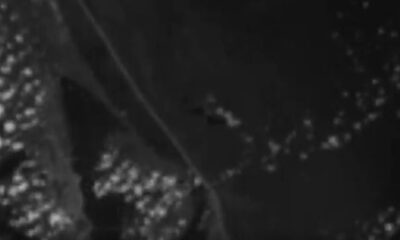

The exhaust plume left behind @NASA’s Crew-5 mission launch today.
-


A ten-hour time lapse of the powerful winter storm taking…
